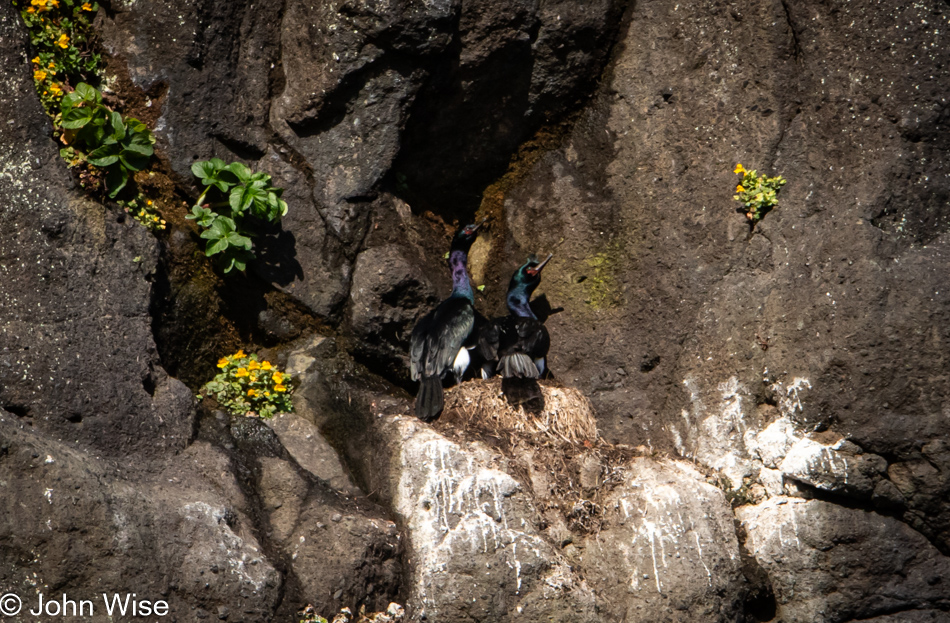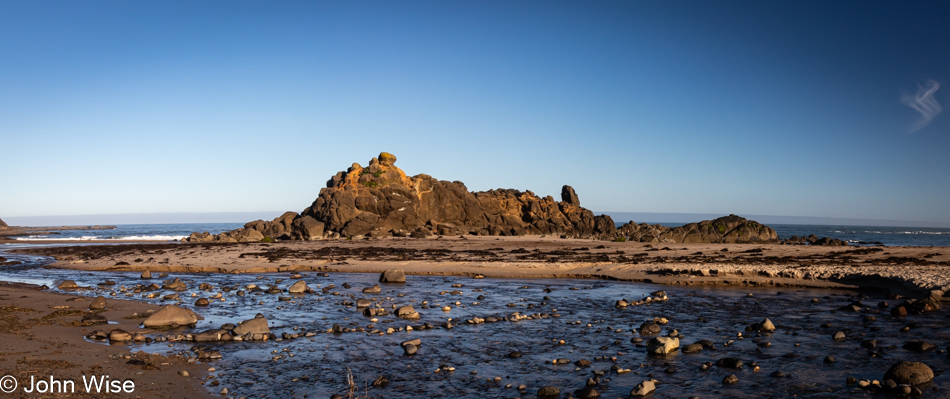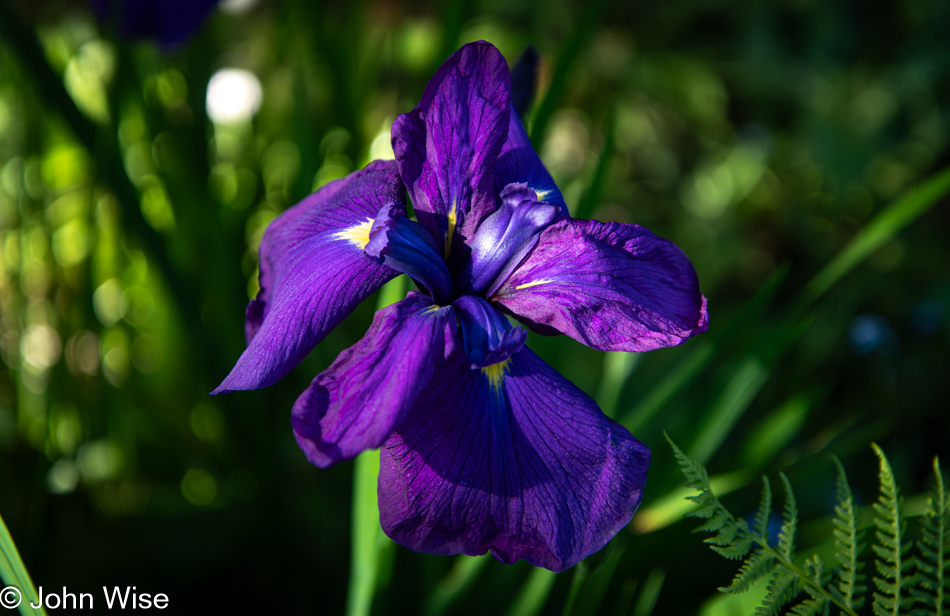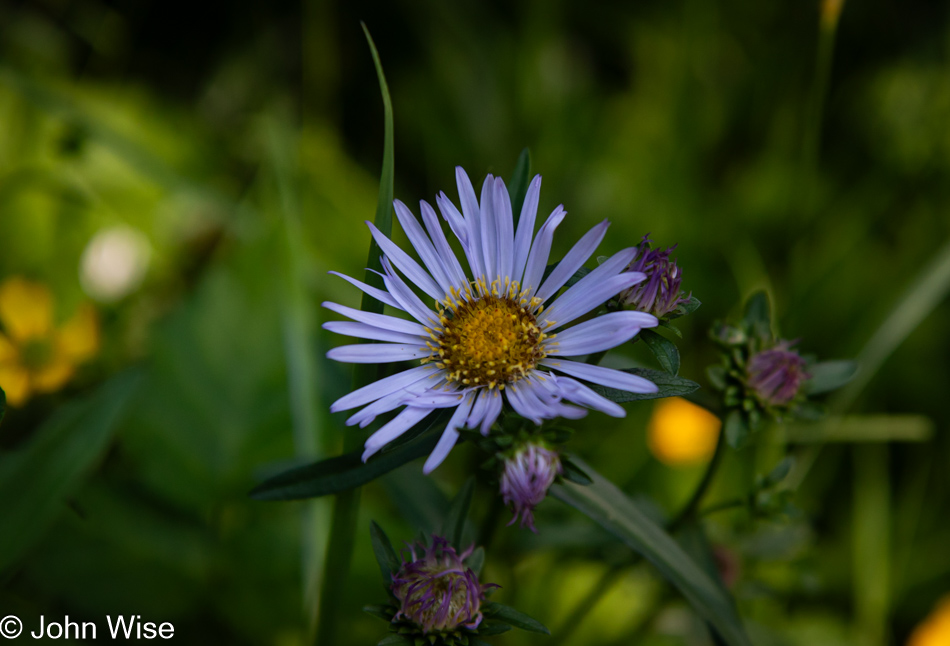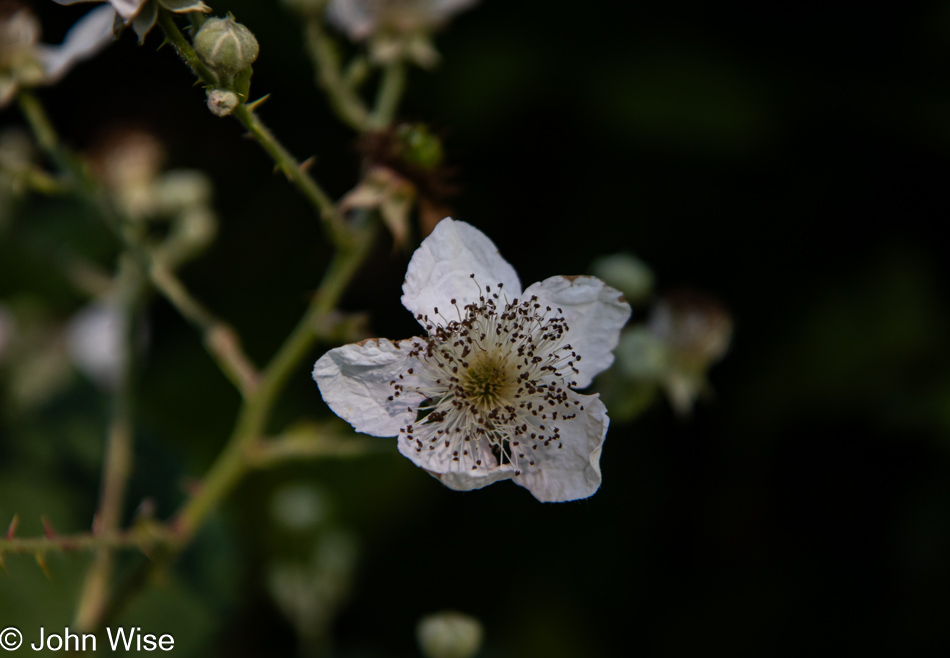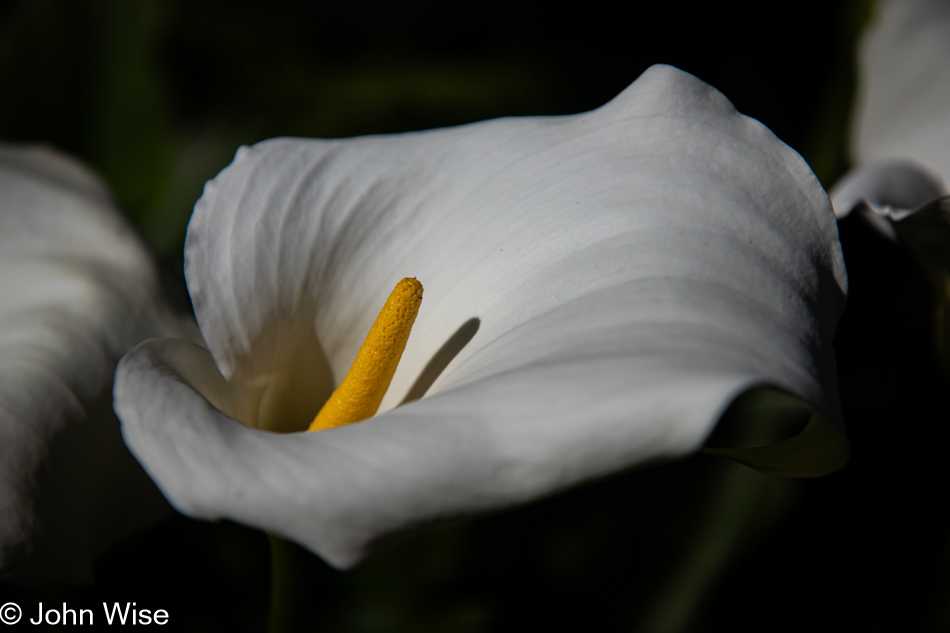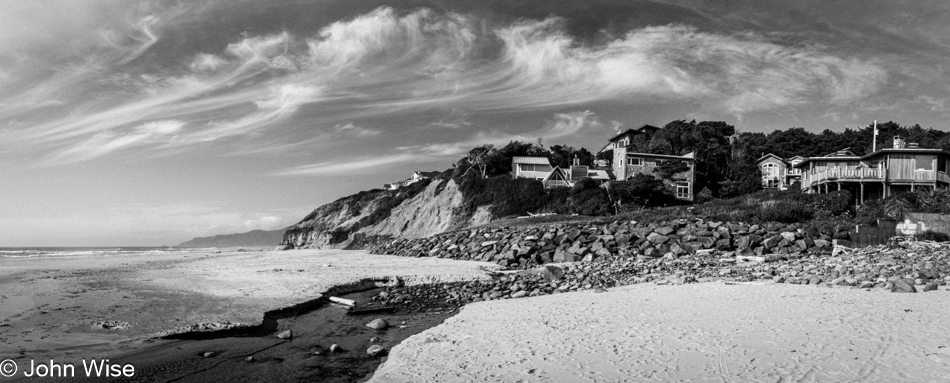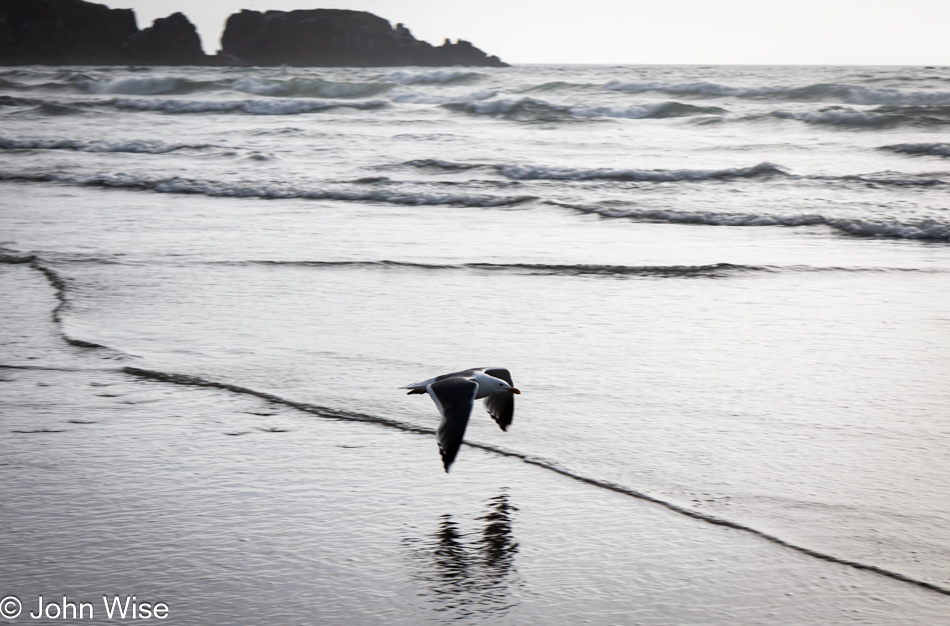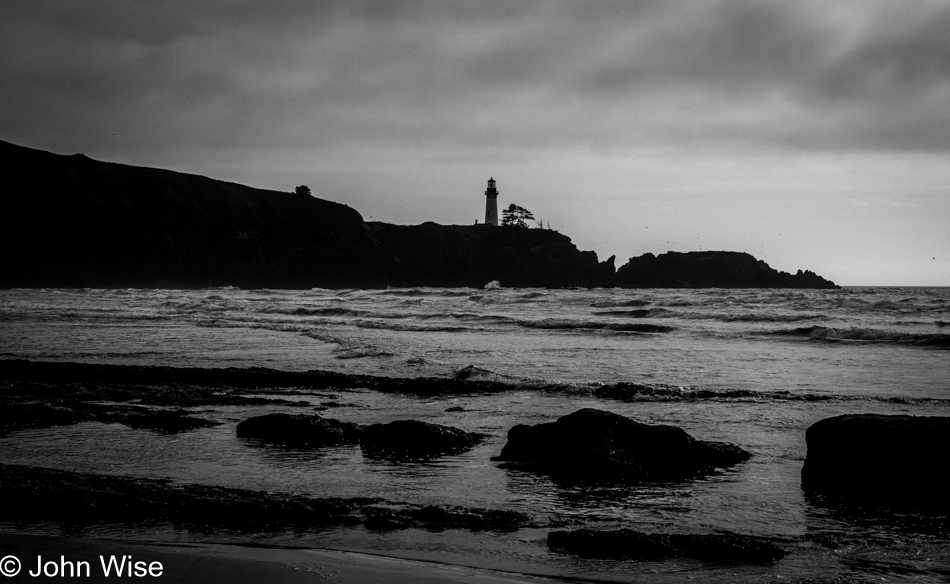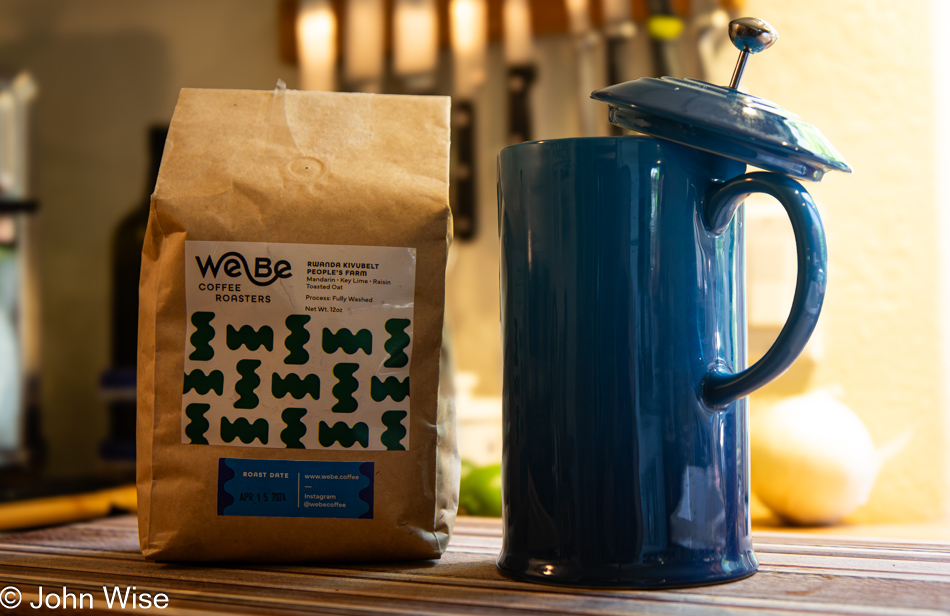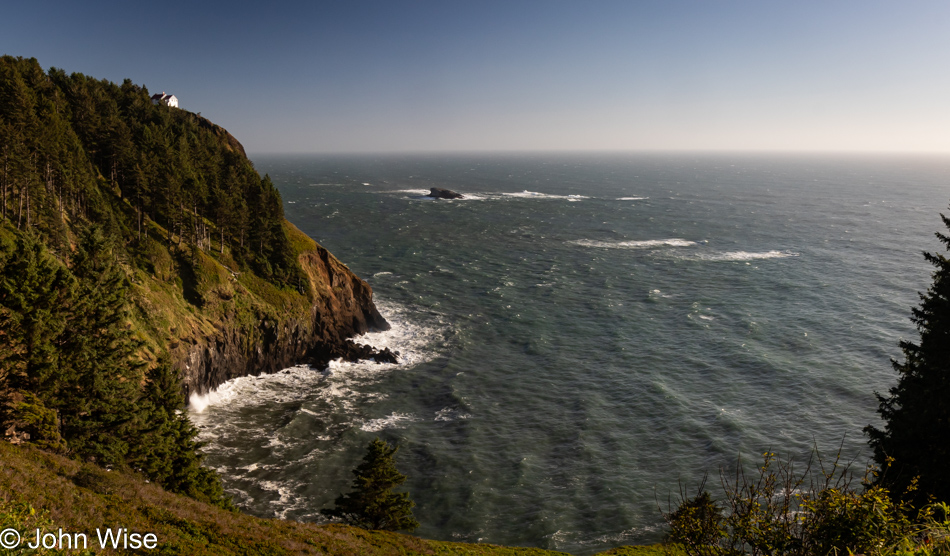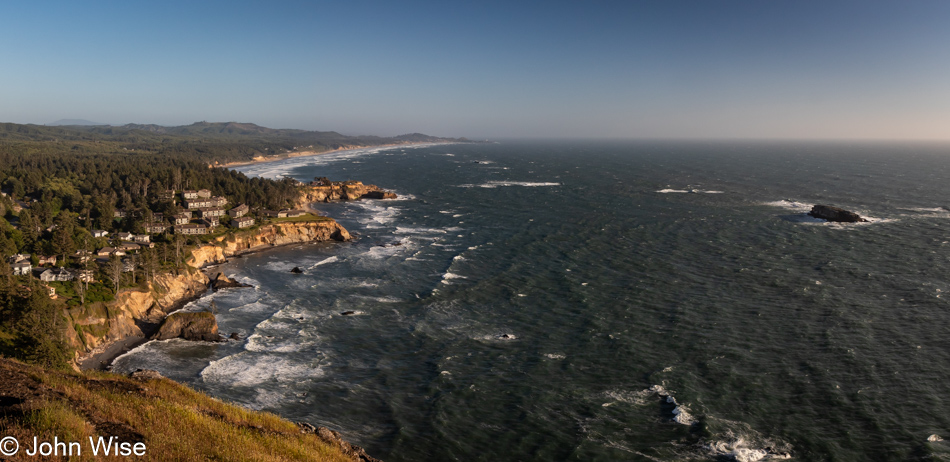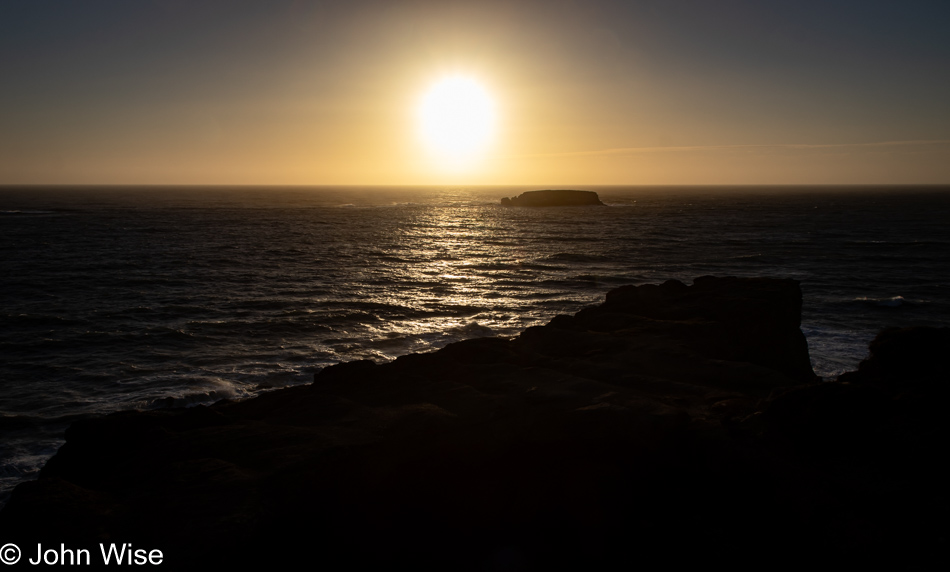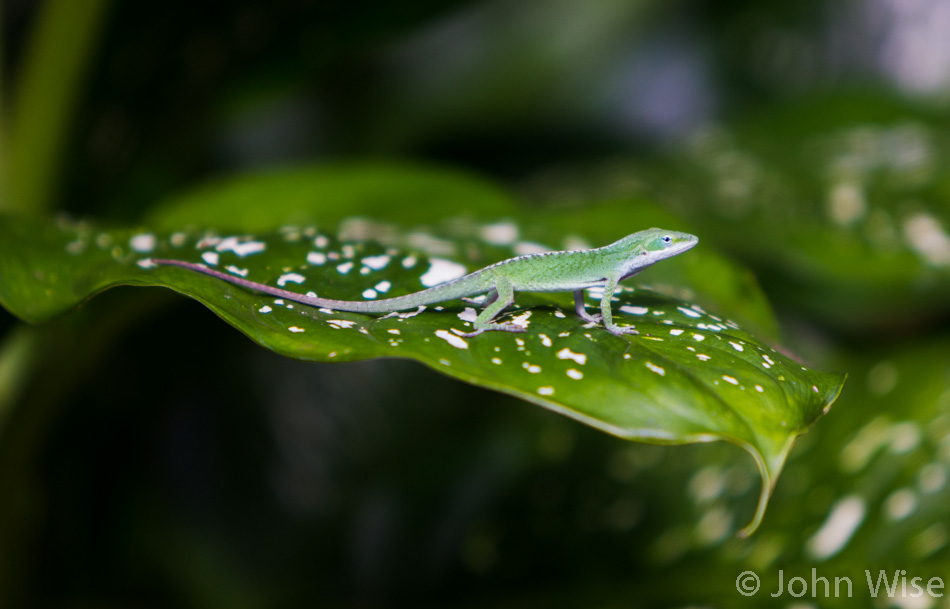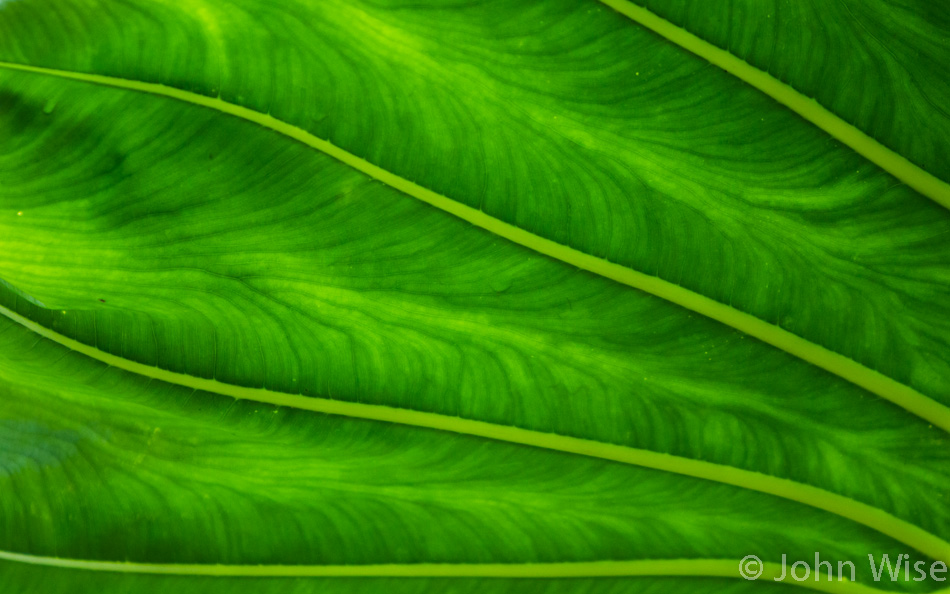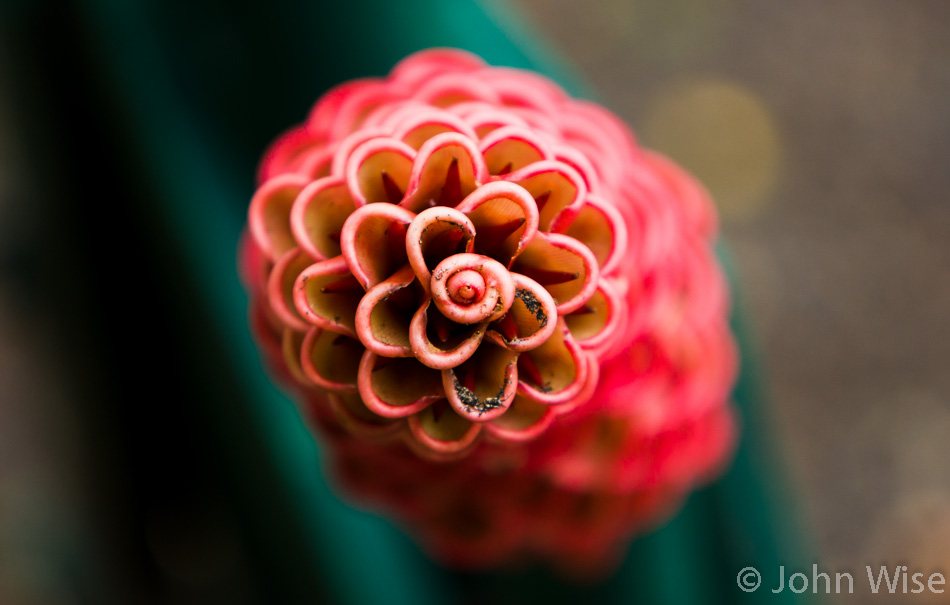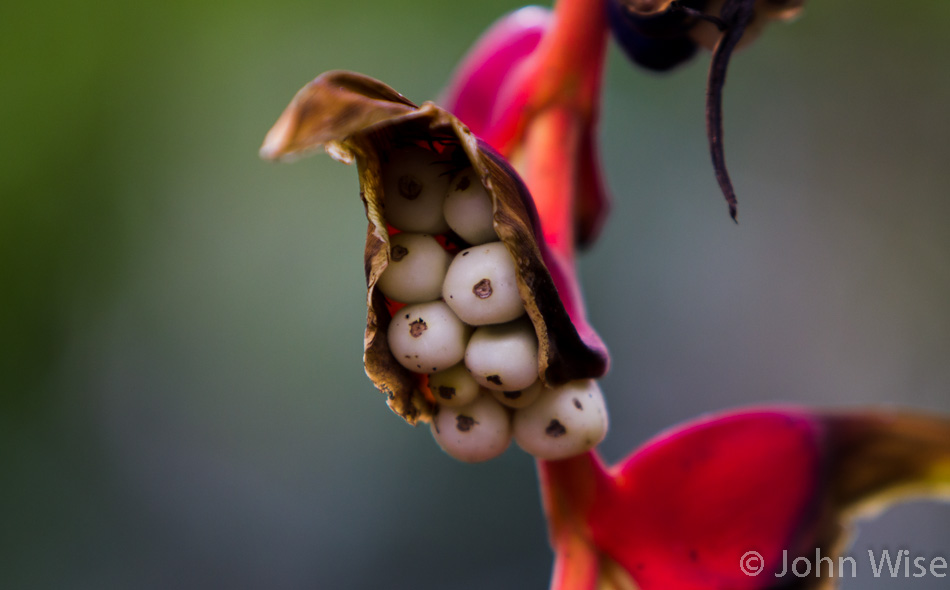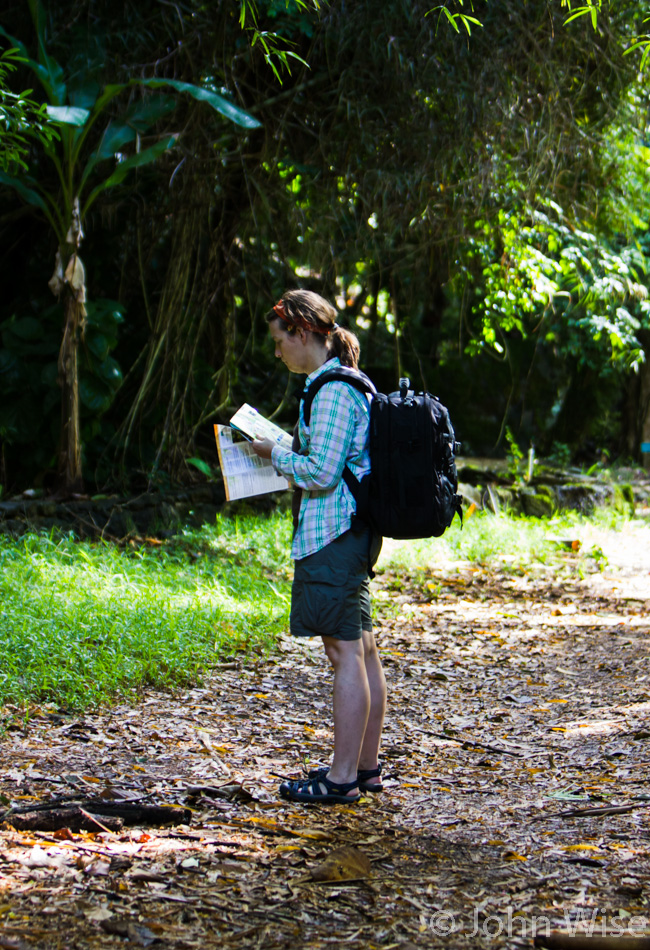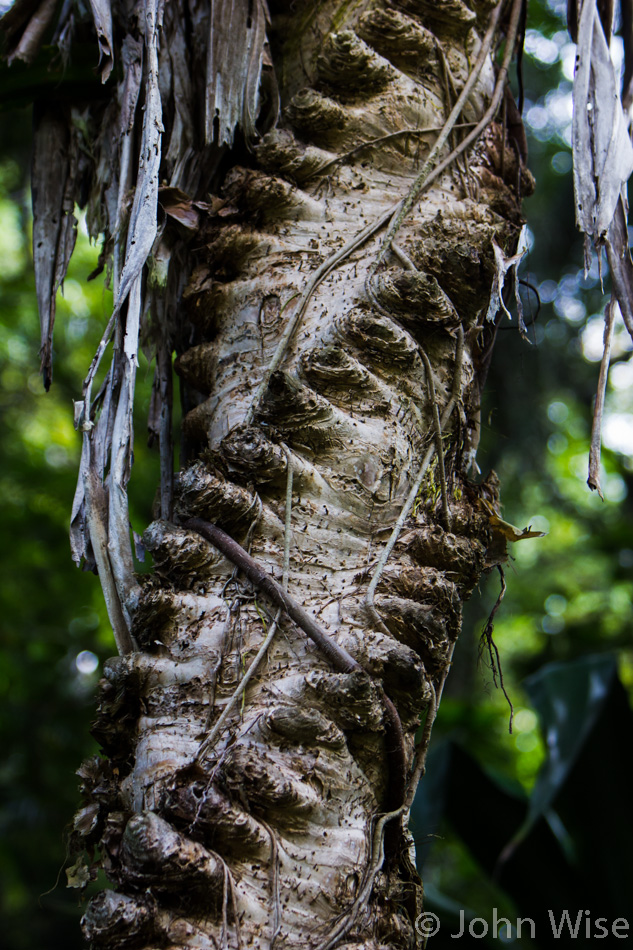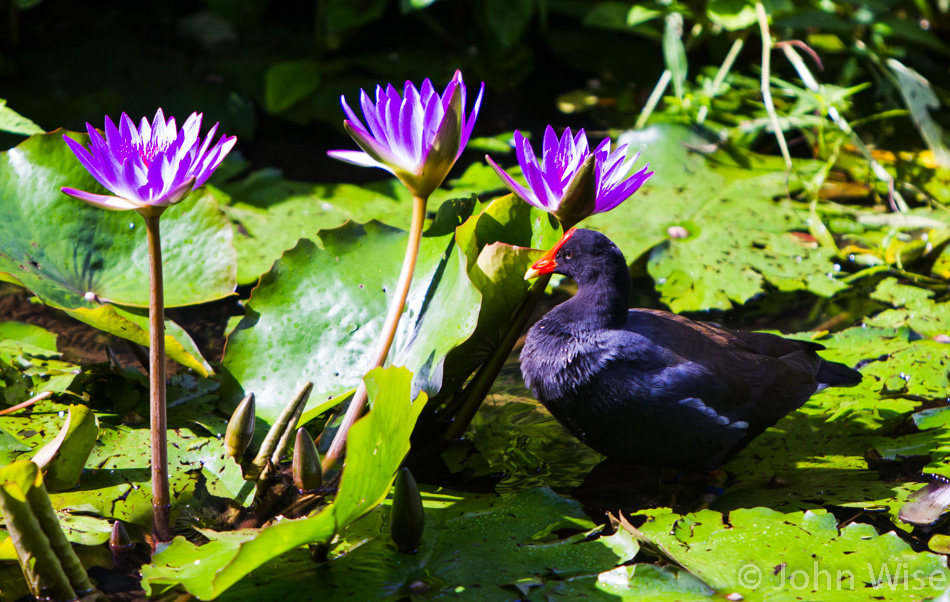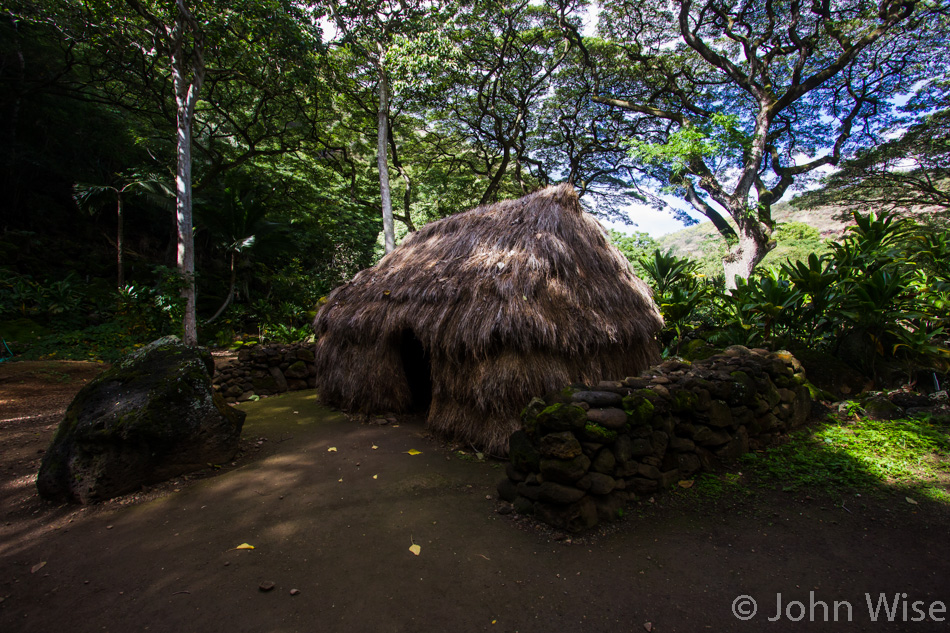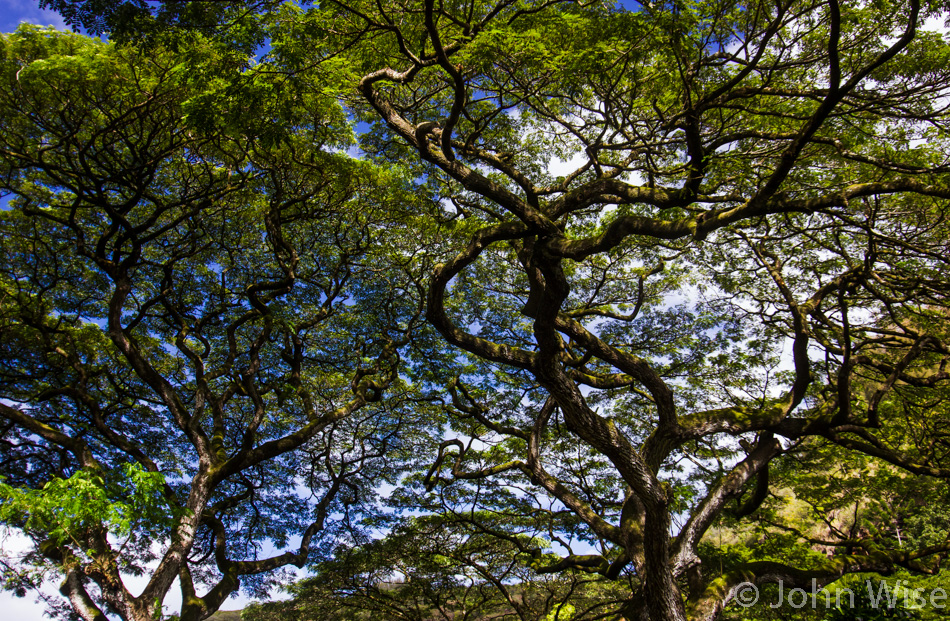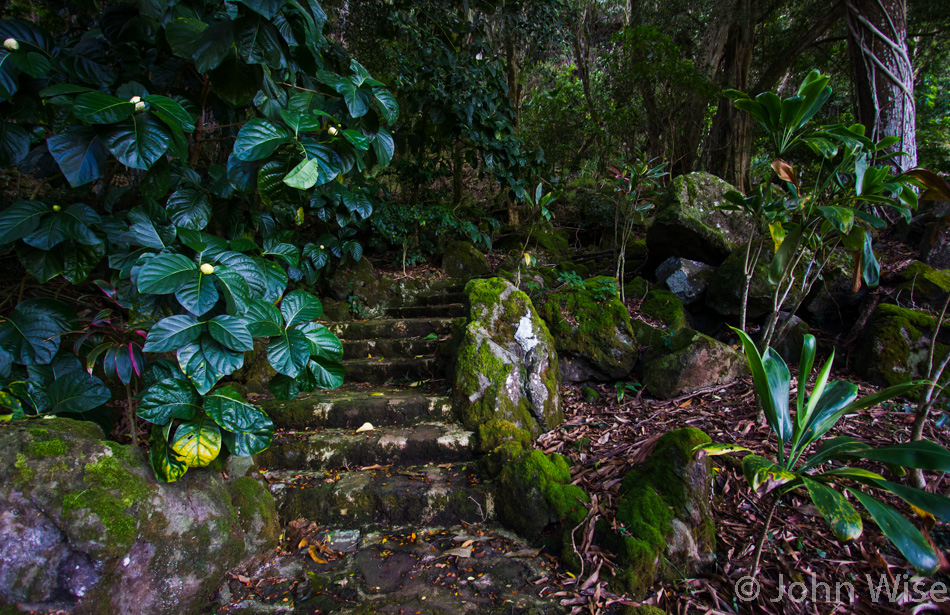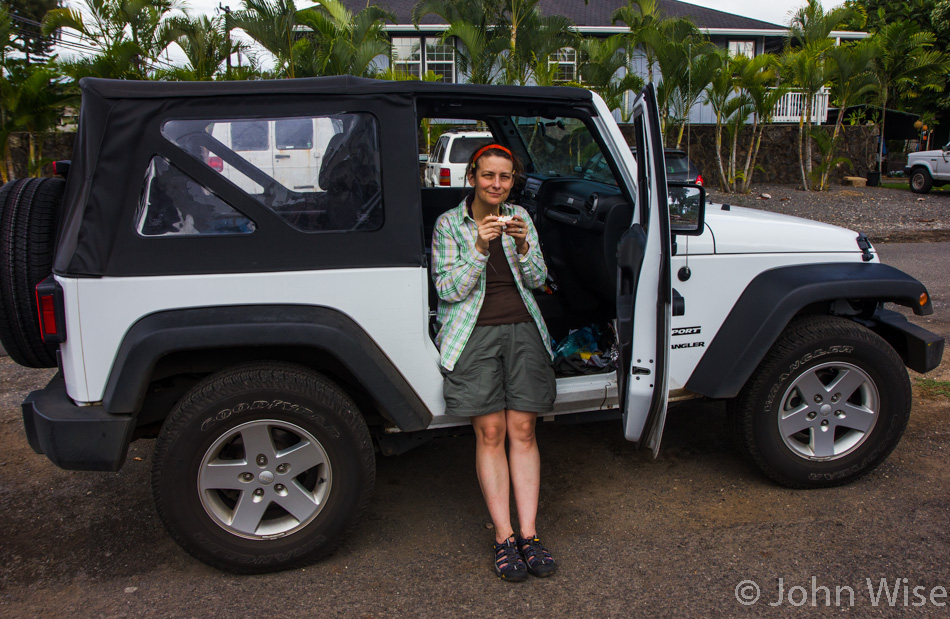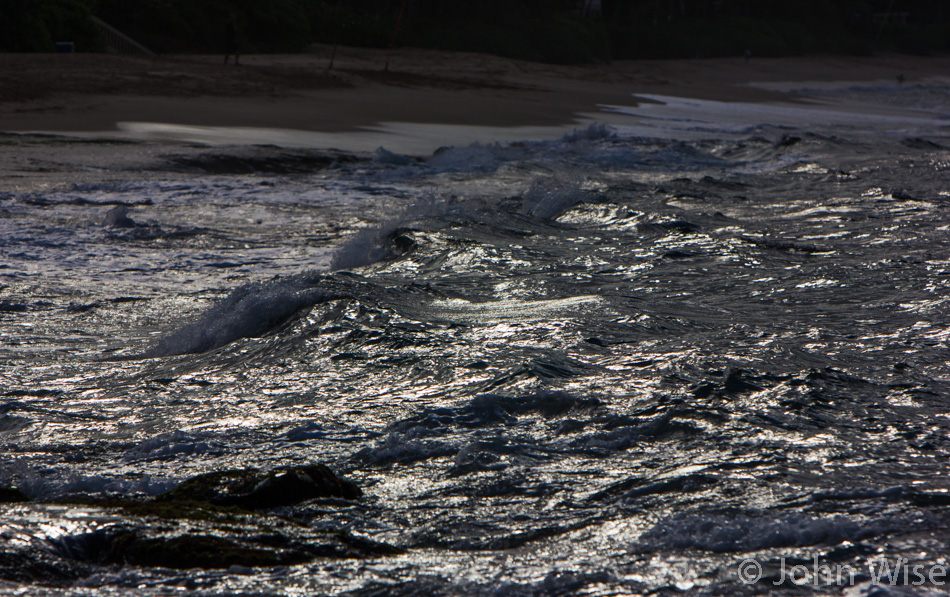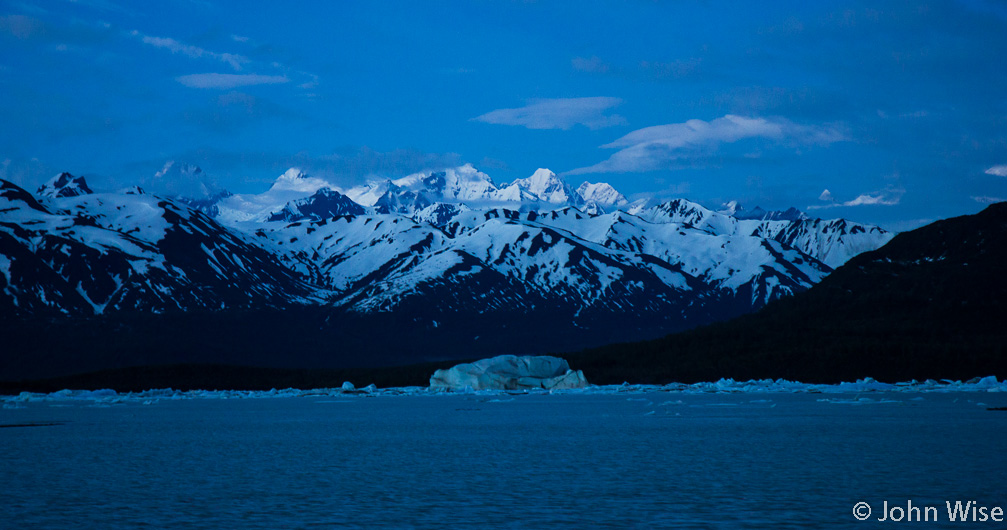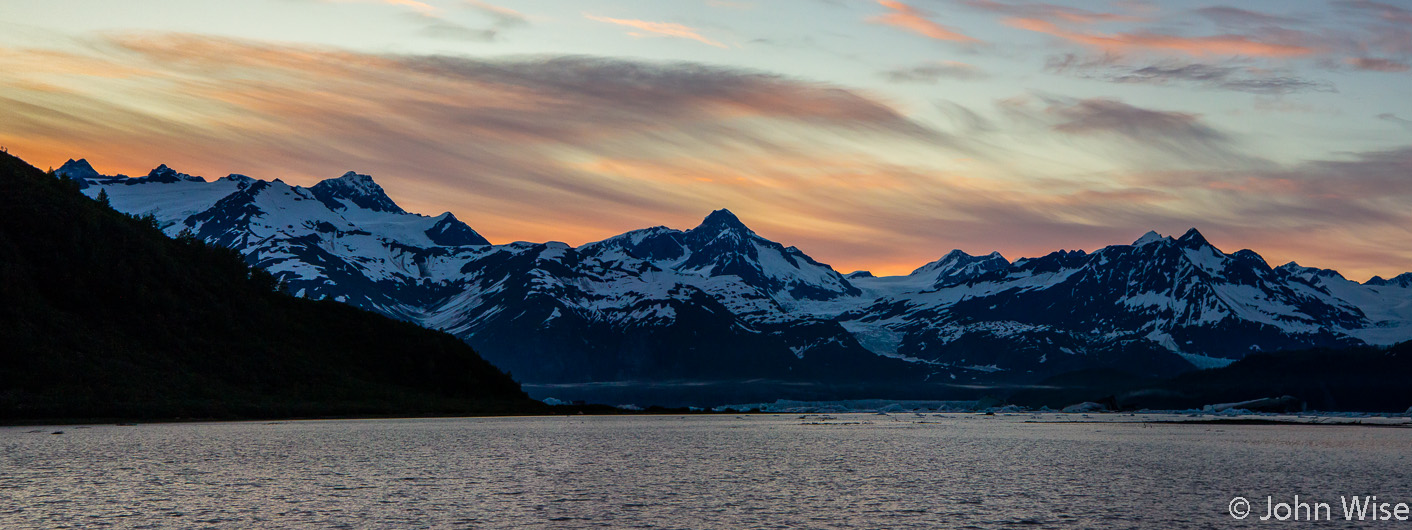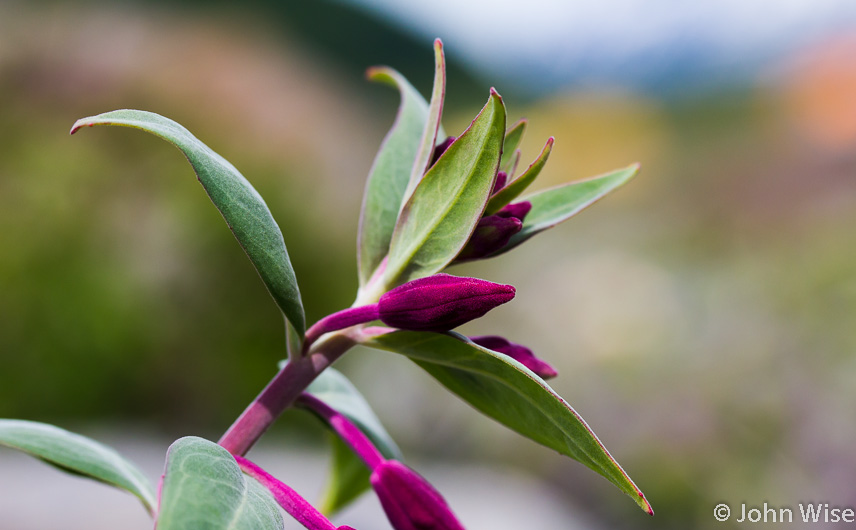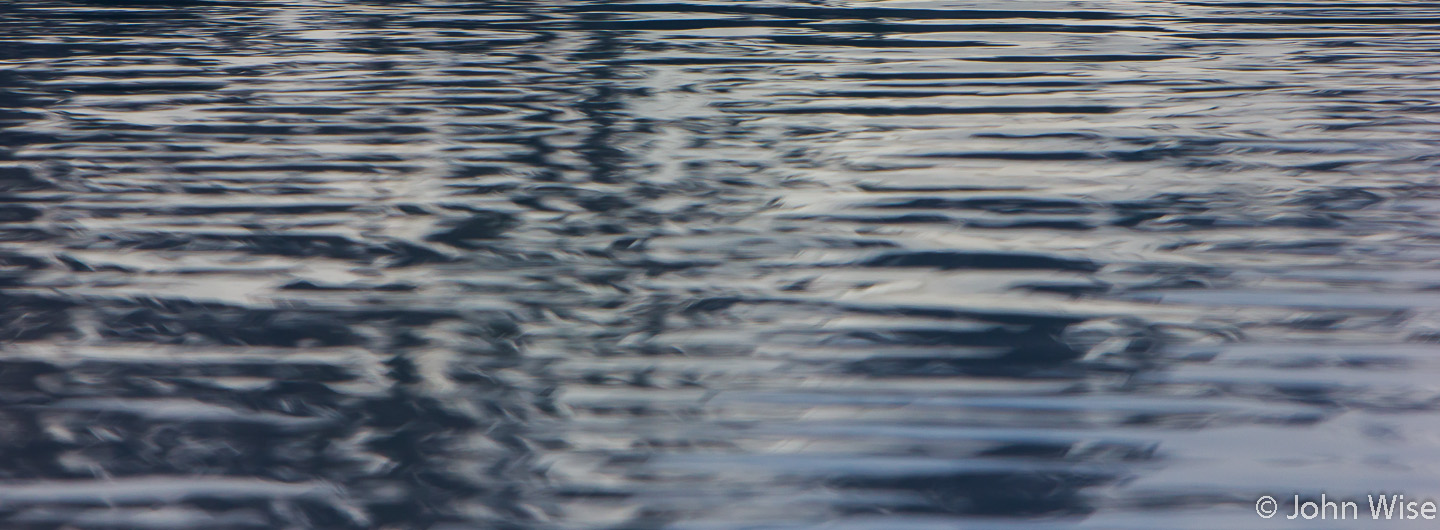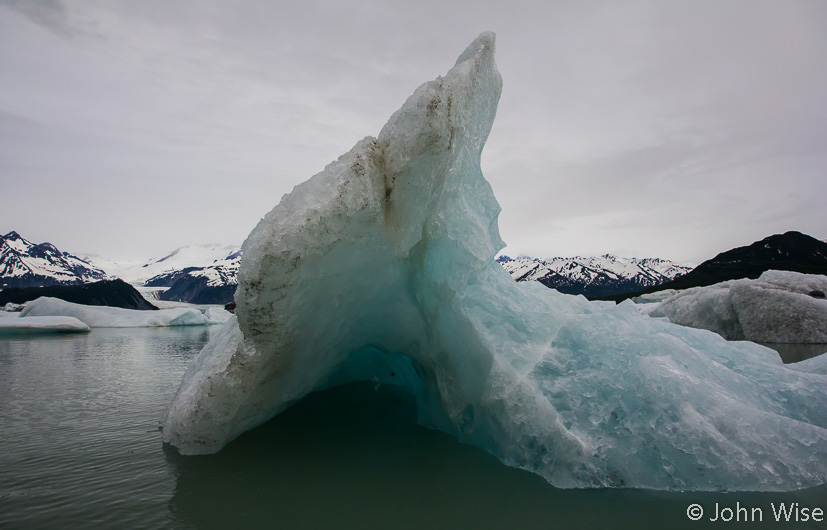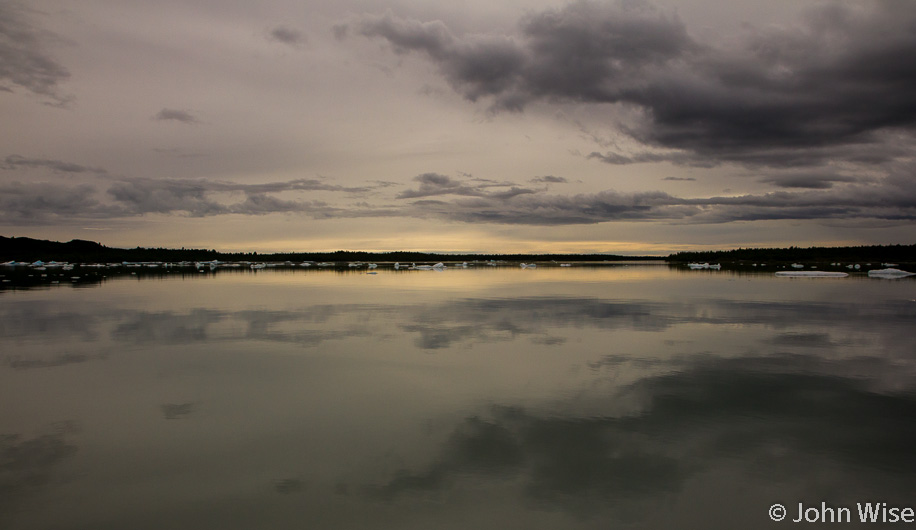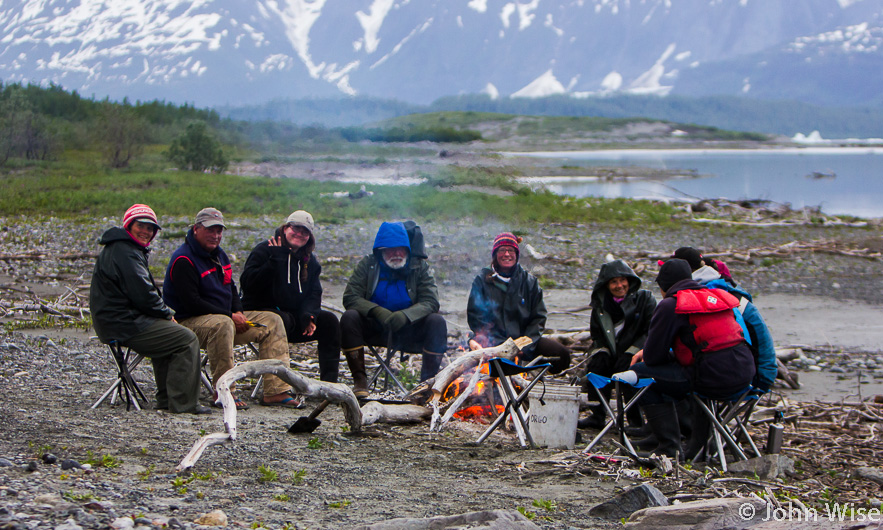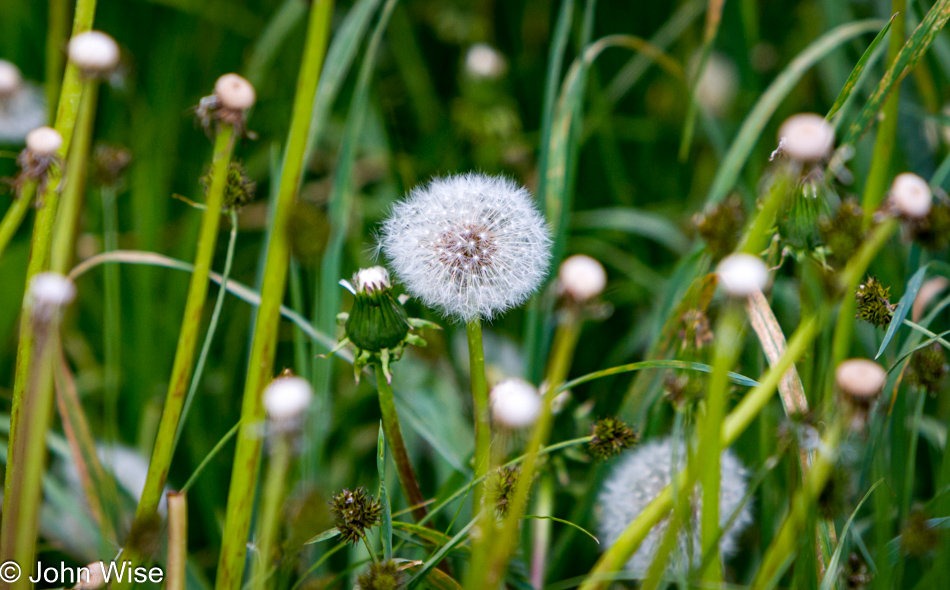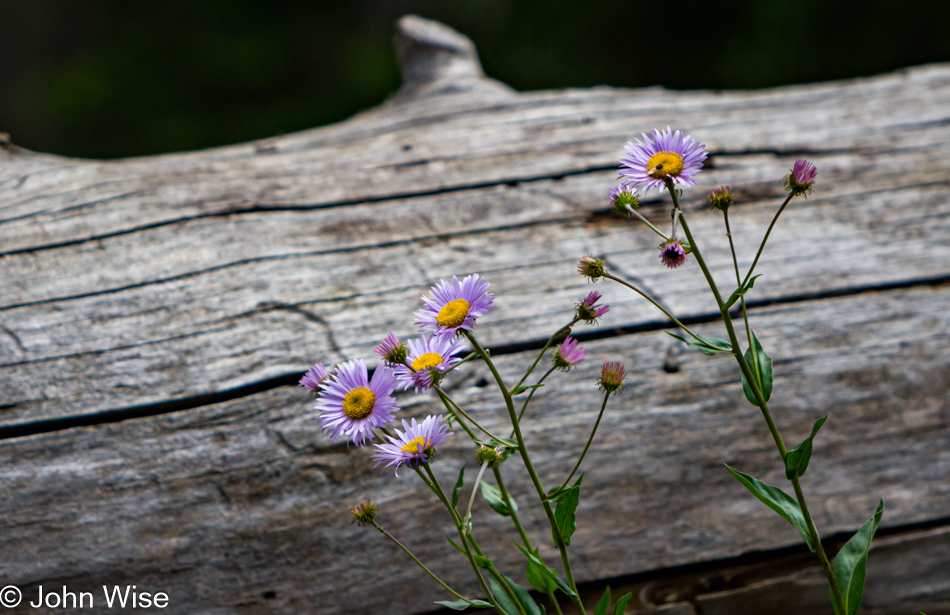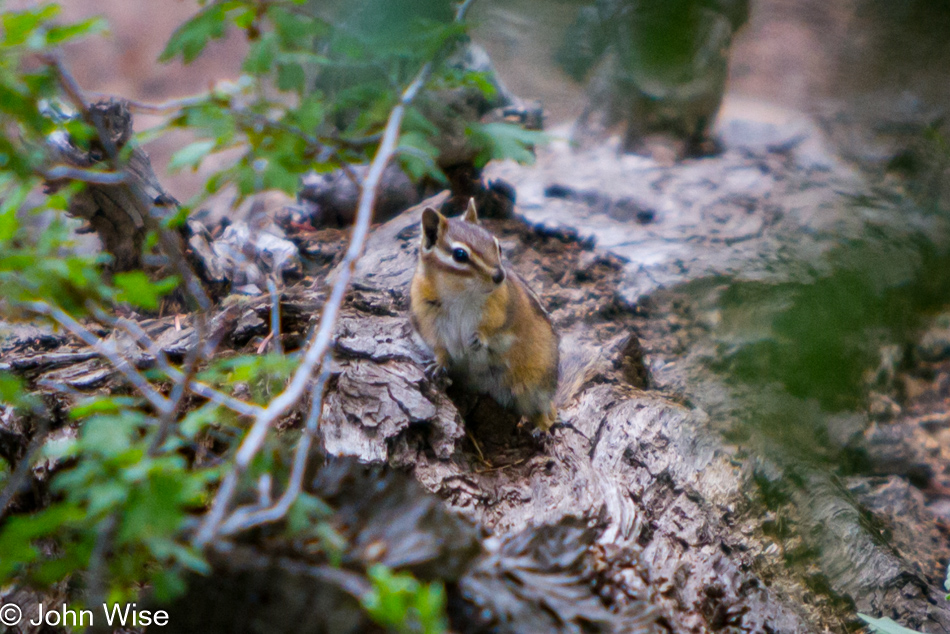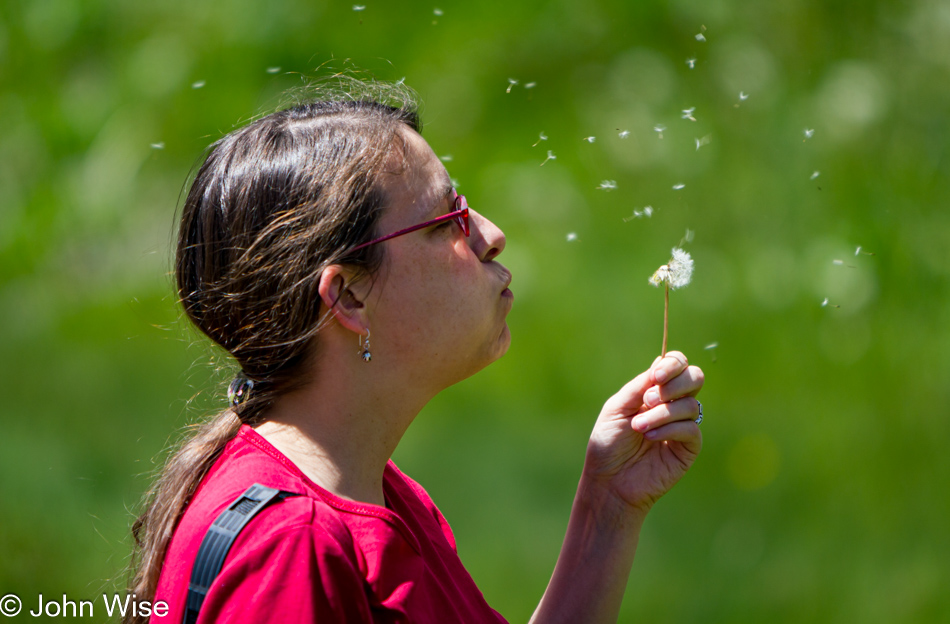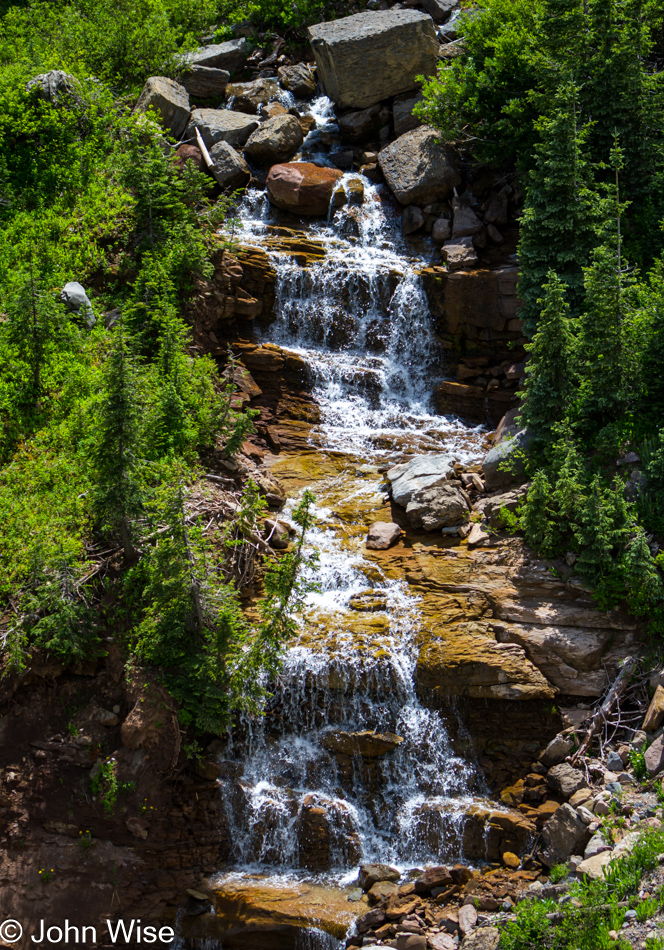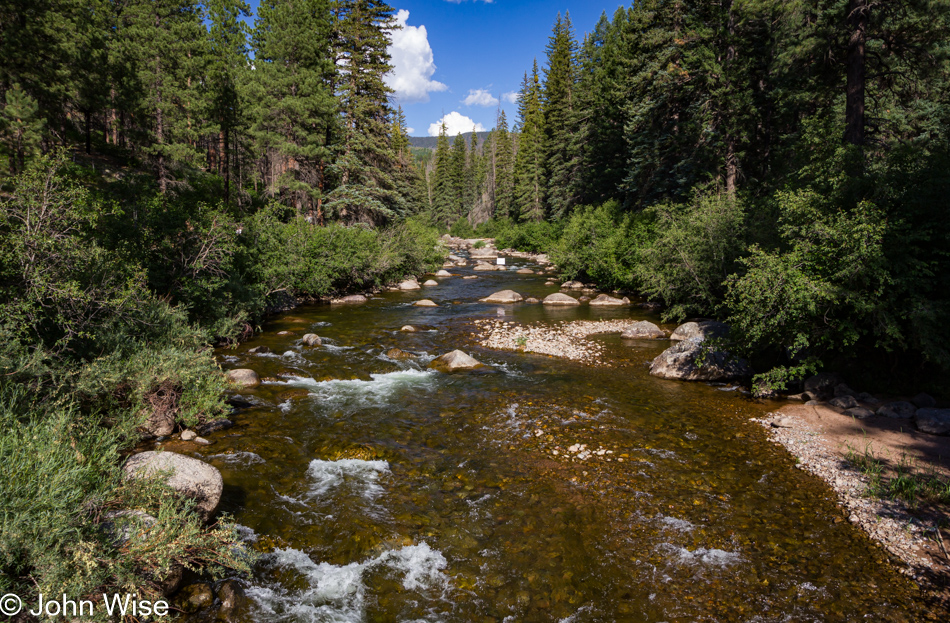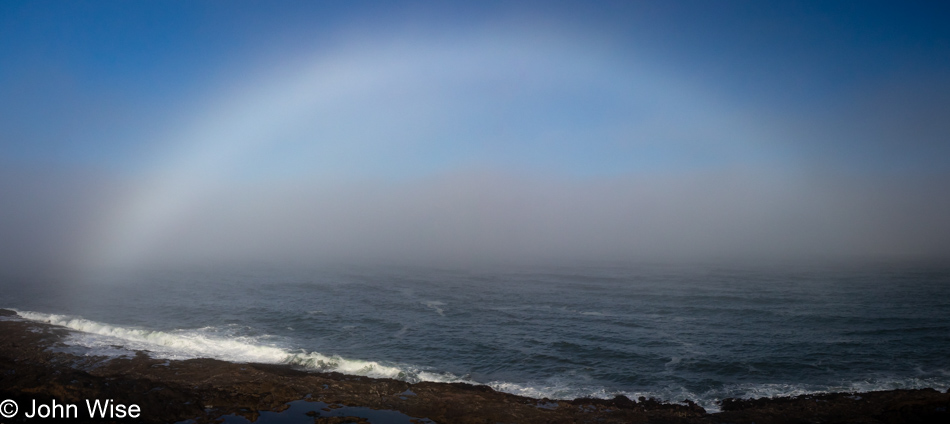
The exit portal found in this fogbow opened at the rocky shore of Depoe Bay, allowing Caroline and me the chance to begin the process of leaving Oregon. Without the fogbow, we’d have been stuck here on the coast; not a bad thing, mind you, but we do have other places to be, such as Santa Fe, New Mexico, next week. Now I’m getting ahead of myself – more about that trip later. For now, I have to contend with the situation that we are taking the next four days to drive back to Arizona, which also implies that there will be no blogging during those days and I’ll fall behind, but who’s not up for a big challenge?

It’s the 4th of July today, Independence Day for the United States, where we celebrate the birth of our country, and this Star Wars fan sent R2-D2 out to the curb armed with the stars and stripes to remind everyone to give a nod to this special day.
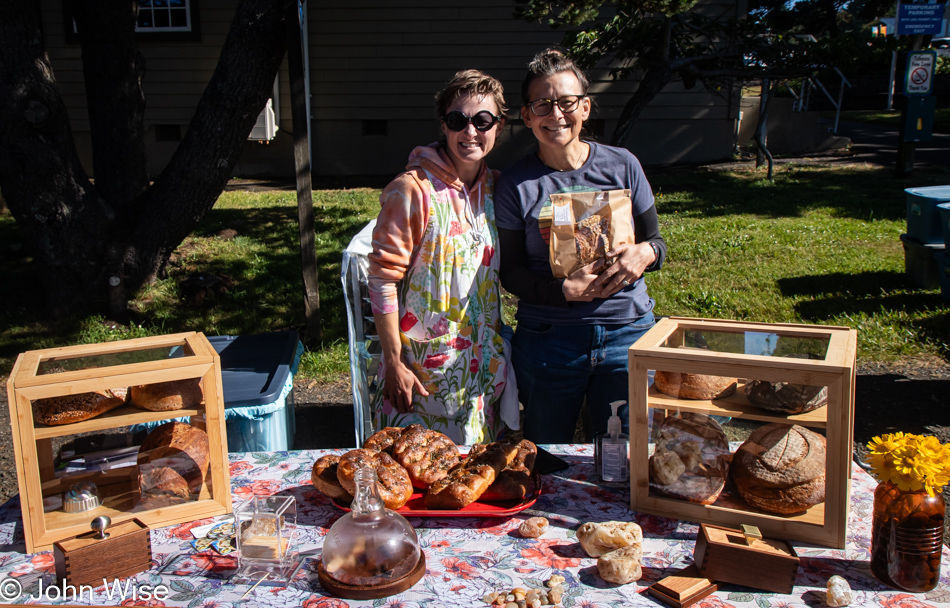
The original departure plan called for us not to get out of the car before we were south of Florence, but that couldn’t really be adhered to anyway, as we knew we’d stop in at the Newport Cafe for yet another yummy Pacific Seafood Scramble. Somehow, we managed to skip one more stop at Boiler Bay to look for whales, but reaching Yachats and seeing that the farmer’s market was happening on this holiday, we had to stop, and good thing we did. Not only did we score another loaf of sourdough from Mindy the Baker, but across from her, we met Broom Chick. Twenty years or more ago, Caroline and I bought a handmade gnarled corn broom at the Renaissance Festival in Arizona. While it’s well worn, we use it to this day. Well, that might not be true much longer as Caroline thought it was high time to replace it, and Samantha the Broom Chick herself, was selling her brooms at the market, and it turns out that it was her company that made our old broom, too. Sadly, we learned that we wouldn’t be able to have our relic given a makeover, so it’ll become our outside broom, and the new one will take its place in our kitchen. [We also stopped one more time at the Green Salmon for more herbal tea of the Crater Lake variety and a couple of mushroom-themed souvenirs. – Caroline]

Nope, this is not Florence. We have pulled over near Cape Perpetua south of Yachats for one more look at Thor’s Well hoping that since it is shortly after low tide, we might get a better look into the well. That didn’t quite happen, as you can see for yourself the fountain of water splashing out of this amazing natural feature. Being too close could be life-threatening.
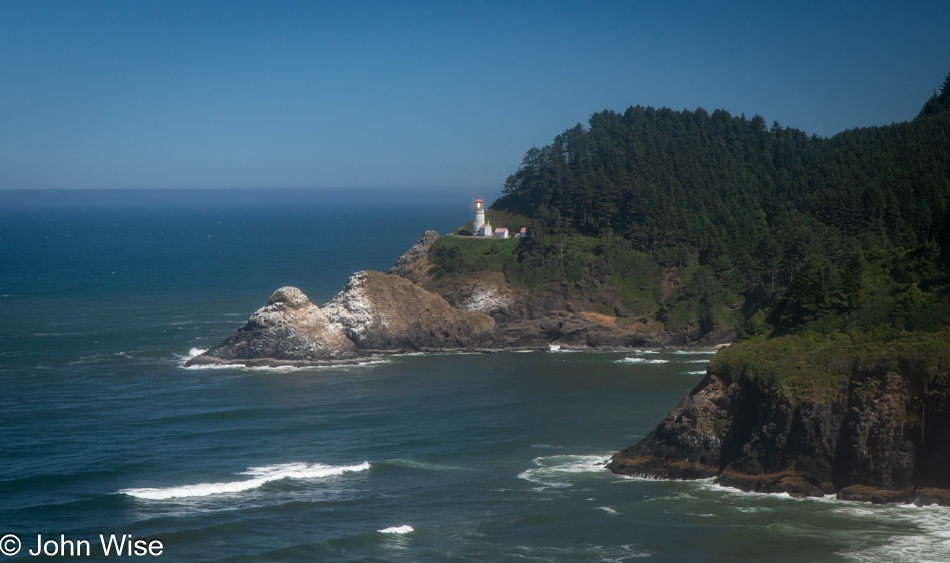
Here at Heceta Head Lighthouse, we are closer to Florence, but still 13 miles north means we were stopping again.
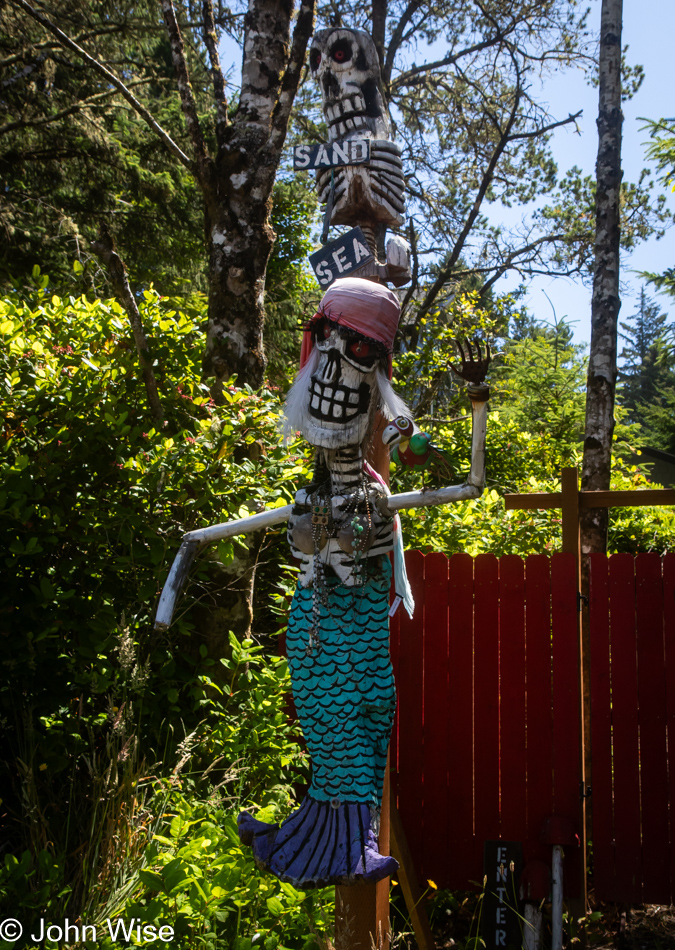
Incorrigible could be our middle name while traveling because here we are, just a few more miles south, and a pond across from Woahink Lake captured our attention. As soon as we were out of the car, something else caught our eyes. This Sea Gypsy inviting people into a gallery was on duty, but I was resilient to Caroline’s pleading and held fast to the idea that we didn’t have the time for a visit.
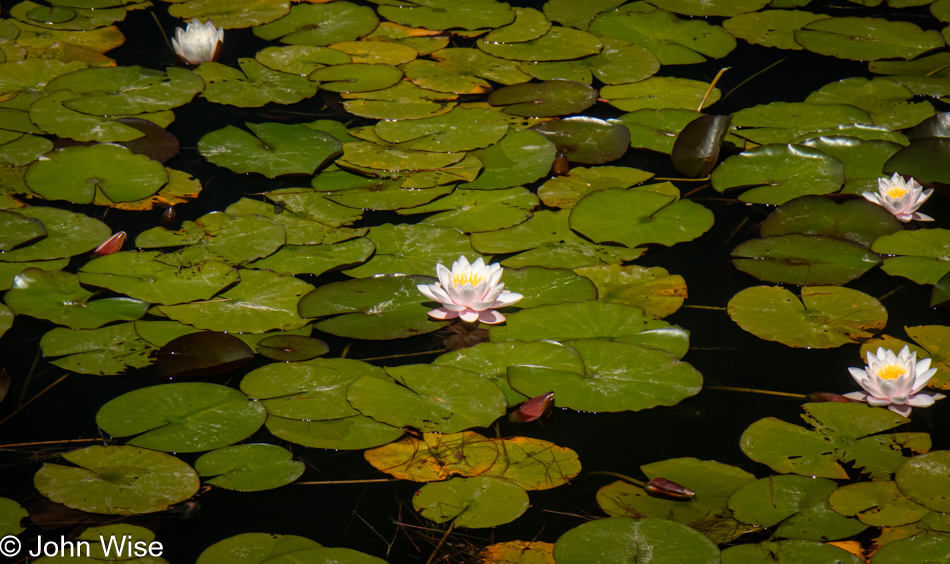
Of course, we did have time to take photos of the lily pads and their blossoms, as we’d never seen this pond blooming before. Or maybe we had, but neither of us had a memory of such.

We made it past Florence and were able to skip another stop at the Happy Kamper Yarn Barn, made easier as it was closed. We also drove right by the Darlingtonia site, but did pull over here at the Waxmyrtle Campground at Oregon Dunes National Recreation Area in Dunes City.
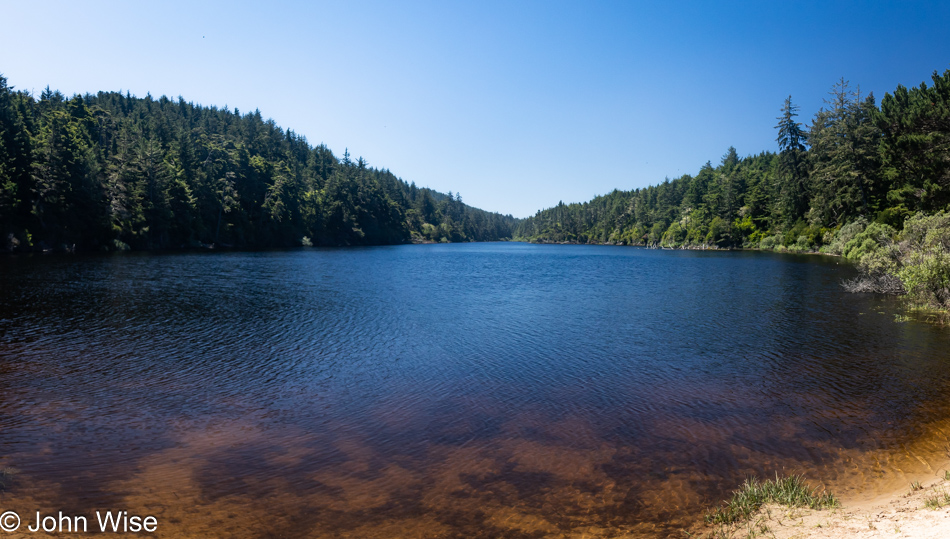
We didn’t get far before taking yet another right turn off Highway 101 into the Carter Lake Campground, also part of the Oregon Dunes National Recreation Area.

For more than 20 years, we’ve wanted a photograph of Tahkenitch Lake in Gardiner, but getting to a place with a good, clear view was never easy, nor was it today. The “official” overlook one might hope to catch is overgrown, but today’s weather was so perfect we just had to finally figure this out. We located glimpses of the lake through the trees driving back to the north, then parked as far off the road and walked along a narrow piece of the highway to where we could see the lake. Caroline felt she could navigate our way through the dense undergrowth and brambles over the steep terrain, and sure enough, she got us to a small clearing that offered us the greatest view ever of this wild landscape.

For her terrific pathfinding effort, I rewarded her with a visit to the Driftwood Farms Yarn shop in Reedsport, which, being open, helped in this special gift of mine. Heck, I even offered her a small budget for yarn and roving from my personal bank account that may or may not actually be a shared account that her paycheck is deposited into, but that’s of no real concern. What’s important is my incredible generosity letting her spend her own money.
This stop was a twofer, as we finally learned about My Yarn Shop, which used to be located in Coos Bay, further south of us. That shop in Coos Bay has been closed for a long time. It turns out that its owner, Judy Mogan, heiress to a lumber company, had passed away, and the family working to settle that part of her estate worked out a deal with the owner of Driftwood Farms for her to take on the extensive, seriously absurd, collection of yarn that Judy had amassed. I cannot emphasize enough just how large a collection of yarn was stuffed into her retail space on South Broadway in Coos Bay. It was literally tons of yarn that is now in the possession of Kim and her daughter and business partner, Jessica. Anyone interested in buying random 100-skein boxes of mystery yarn should reach out to the ladies for a real yarn bargain.
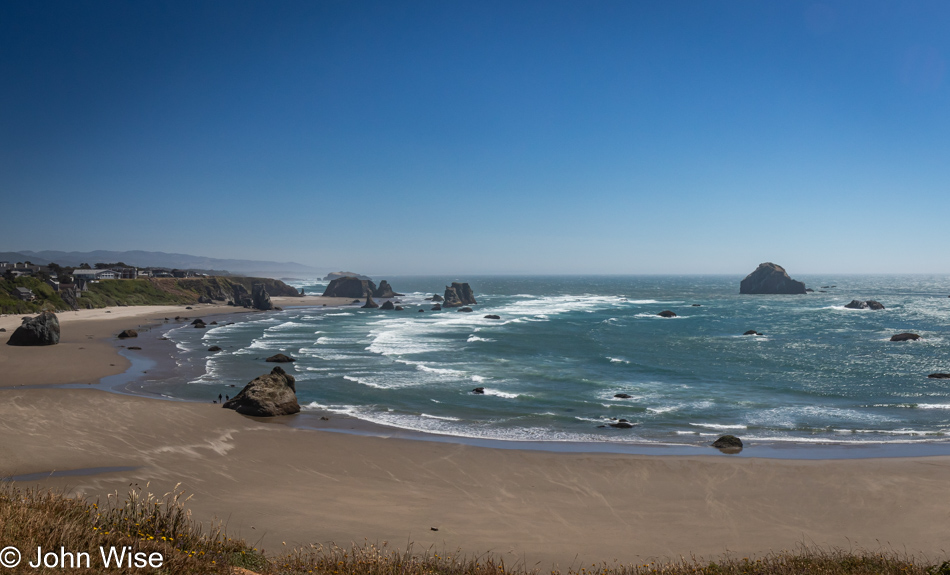
Here we are at Oregon Islands National Wildlife Refuge in Bandon, and because I can’t bring you here myself, I’m including plenty of photos so you can get some small sense of how perspective and position on the bluffs or on the beach can greatly alter the view and make this one of the great stops on the coast. Today the weather was great, but the winds quite strong, making it a bit difficult to stand near the cliff edge.
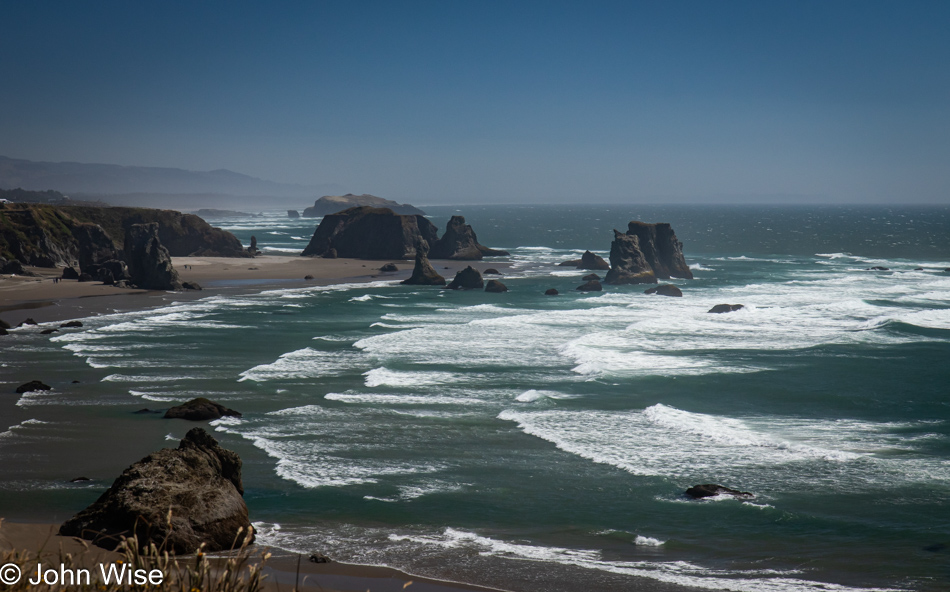
The same place zoomed in. Pretty, isn’t it?
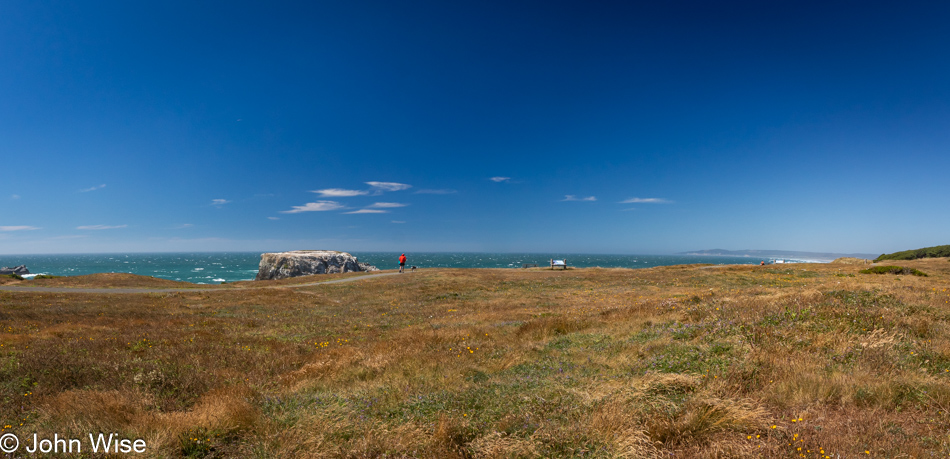
Looking to our right from the overlook. We never tire of this view. Off to my right is Cosmo, the Tufted Puffin statue, whose photo (under cloudier conditions) I shared on a previous visit.
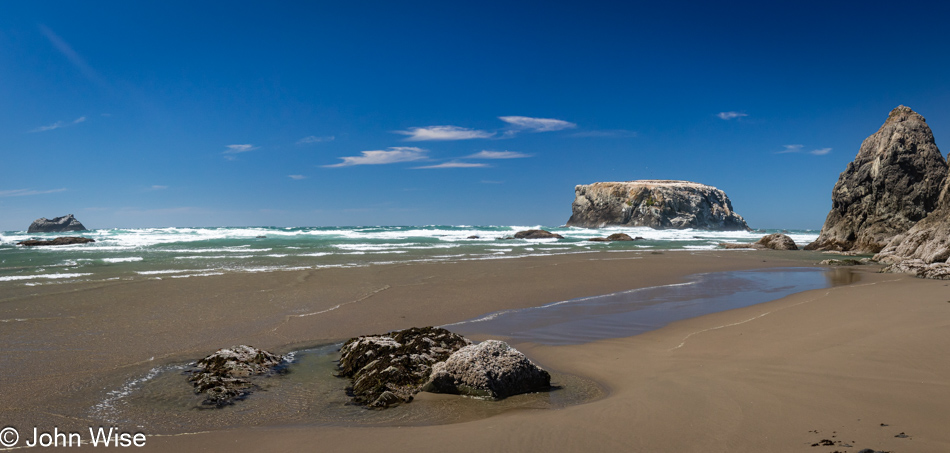
Down here on the beach below the Coquille Point, there was no escaping the heavy winds either, nor could we escape the intense beauty of it all.
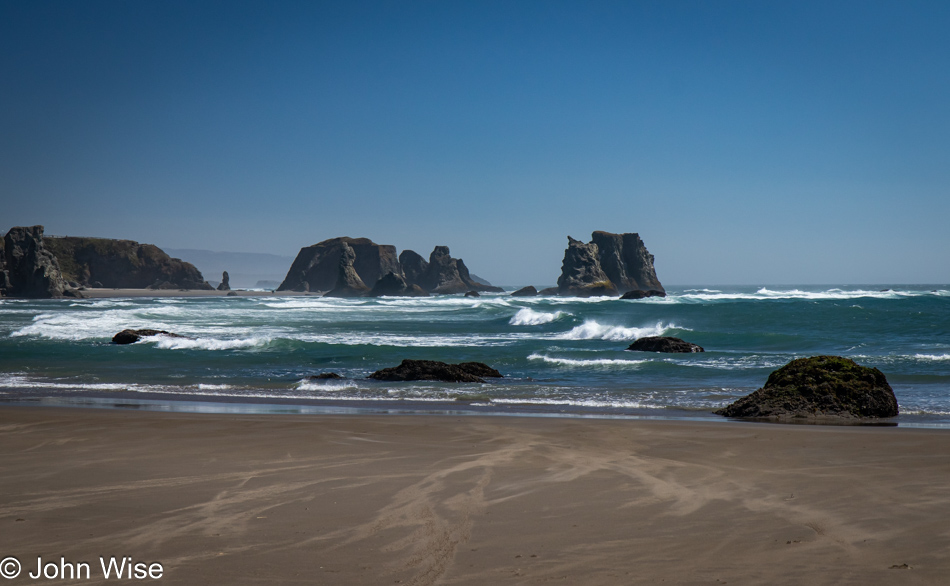
The third and final view south down the coast.

While Face Rock is just a short drive south of where we just were, this is not looking to the south but is more northwest.
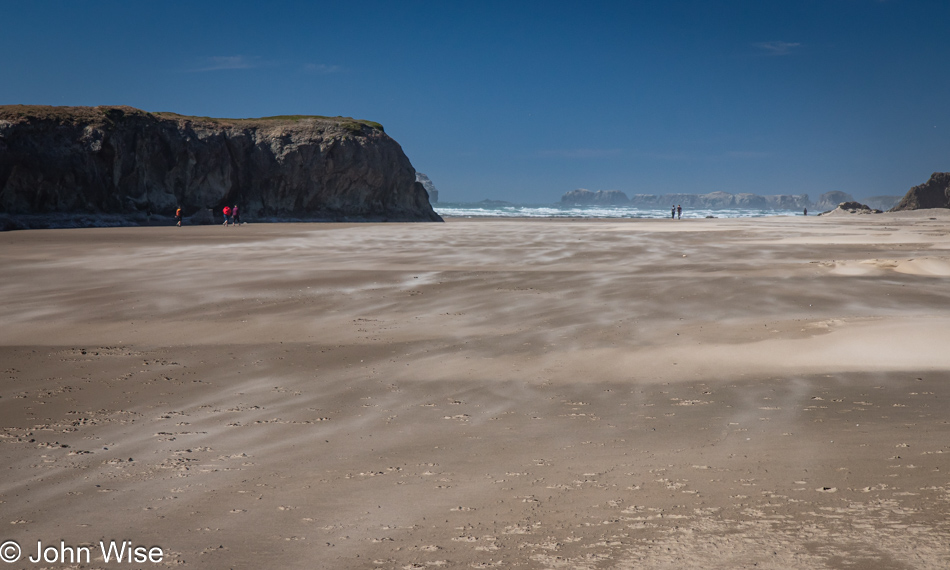
This being a trip of zooming into the map for any hint of places that might offer us beach access, we discovered this new-to-us location known as Devils Kitchen, also in Bandon.
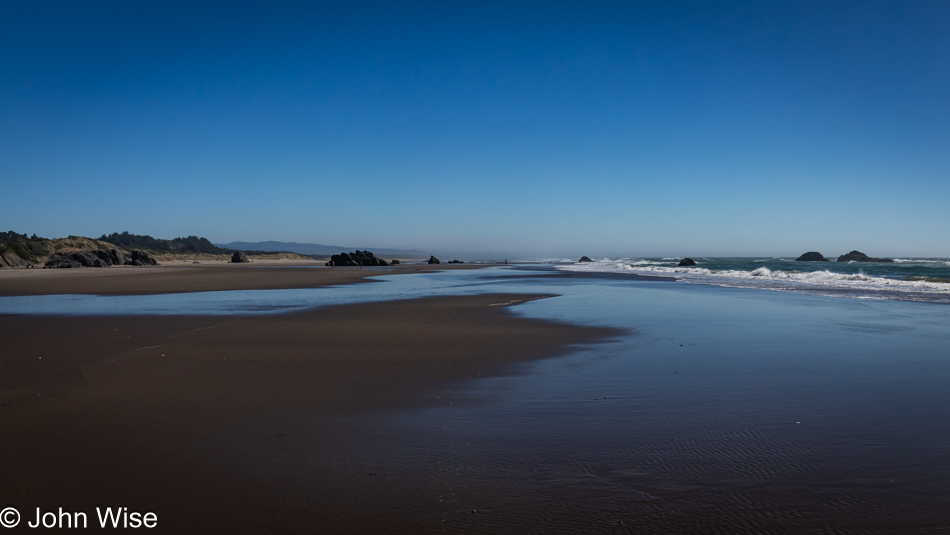
The previous view was looking north. This is the view to the south, our direction of travel today.

Once again, our entire trip has been centered around the idea that we had to make another pilgrimage to the Langlois Market in, you guessed it, Langlois, Oregon. This small town carries big heft as this little shop has sold over 1,519,845 of their world-famous hot dogs served with their secret mustard and great pickles, though we skipped the onions that should be there, too.
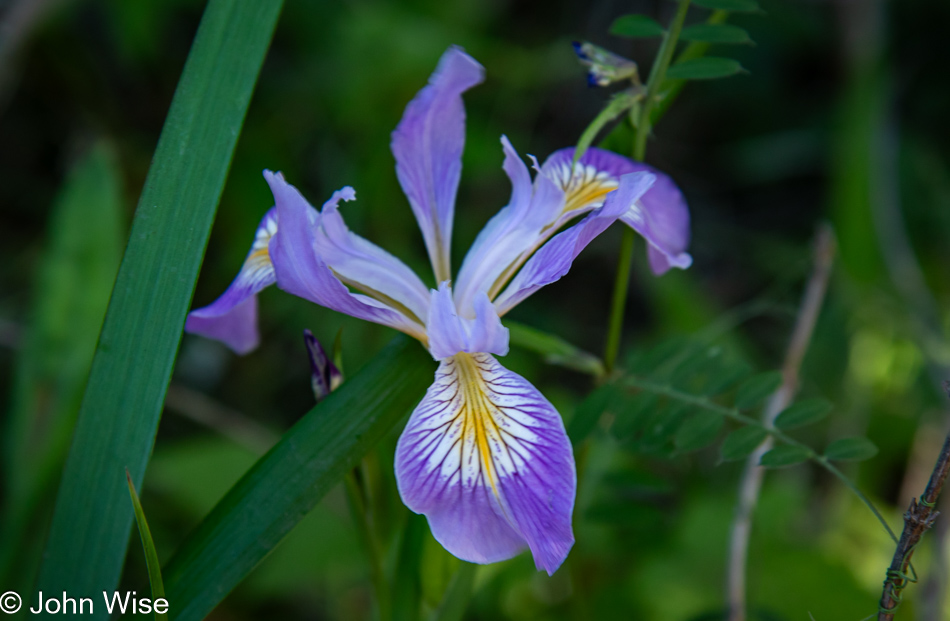
As I said, we are zooming into maps, and this find, also in Langlois, is at Floras Lake and the Boice-Cope Park.
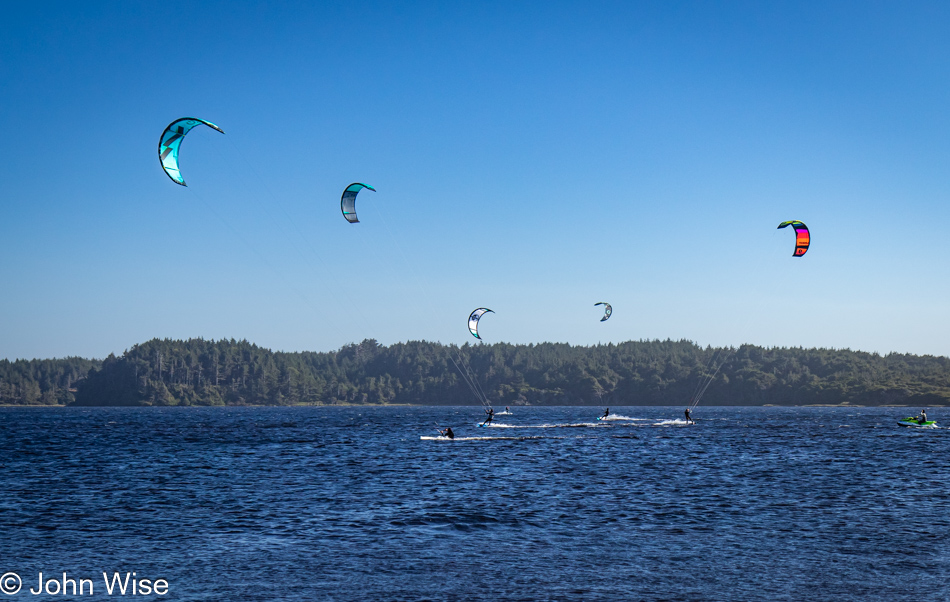
Neither Caroline nor I had any idea that watching a bunch of people kitesurfing would be so exhilarating. These talented weavers, who use massive sails to drag them across the calm waters of Floras Lake, are seriously talented athletes who fly at high speed over the surface of the lake.

While we could have stayed at the lake for hours, the nearby beach beckoned, but only for a few minutes.
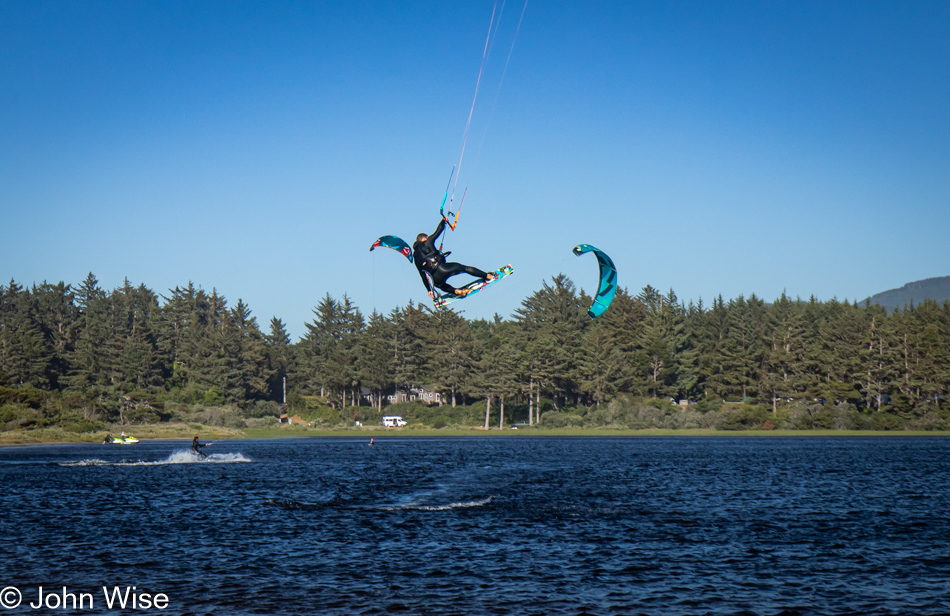
And then we were right back at the lake watching people flying into the sky, then landing again before the wind recaptured their kite, caught hold after they turned around, and had them speeding away from us.
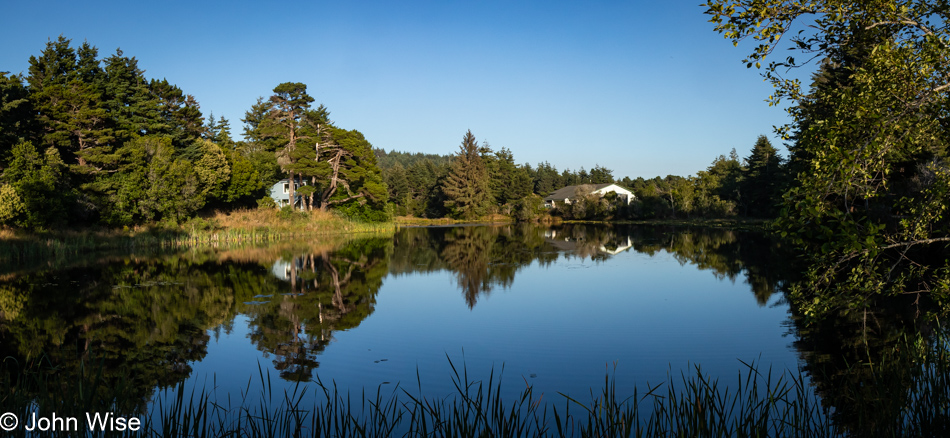
As much as I could have stayed there forever, mesmerized by the potential that someone was going to fly off into the ocean, Caroline reminded me that we would probably want to check into our motel before midnight. But then, approaching Port Orford, she spotted Garrison Lake on the map and told me to make a turn and go this way and that. While I might have had a differing opinion about this situation, she, being the navigator, effectively tricked me into not only breaking the spell kiteboarding was having on me but she had me going somewhere that wasn’t our cheap-ass motel.
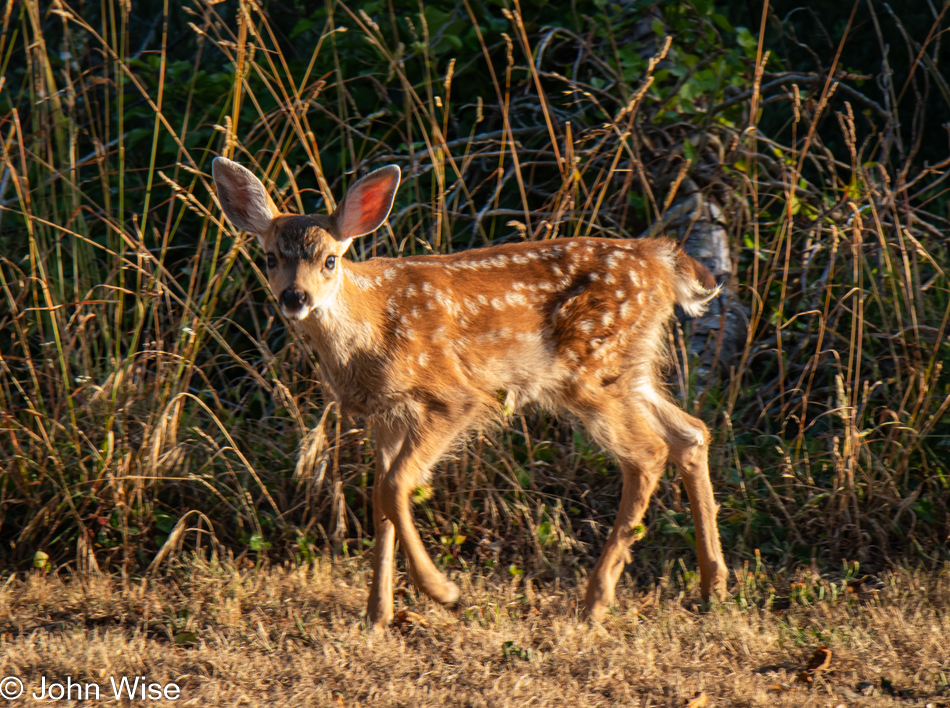
“But John, I know how much you enjoy seeing fawns because you once told me it was the first movie you remember seeing at the drive-in movie theater in Buffalo, New York, when you were only four or five…and how you cried when Bambi’s mom was shot. I thought you’d like coming out here to see fawns. Google’s mapping service showed me that there were three young deer frolicking by the shore.” What? Excuse me? Then Caroline tried convincing me that just as they show Dunkin’ Donuts and Starbucks on maps, they added wildlife sightings, too. I think she’s pulling that roving she bought earlier over my eyes.
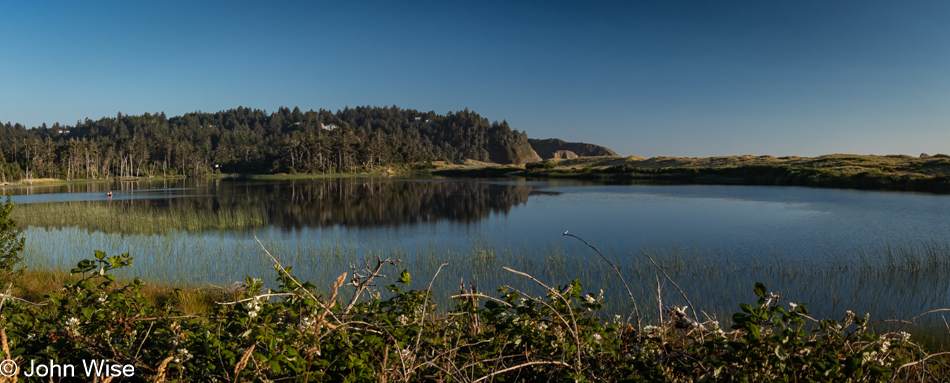
Strange how a dozen miles north, the wind was nearly howling and here at Garrison Lake, things were as calm as could be, tranquil even.

You have no idea how many times Caroline and I have shared between us that we feel like we’ve seen everything there is to see on the Oregon coast, but this trip has turned out to be an eye-opener. We have arrived at Tseriadun State Recreation Site, also in Port Orford, late in the day, as in after 8:00 p.m. These flowers are sweet peas, a toxic plant if eaten, but perfectly delightful to be gazed upon.

So much to see, so little time, though our opportunities are greater than most others. We are grateful.
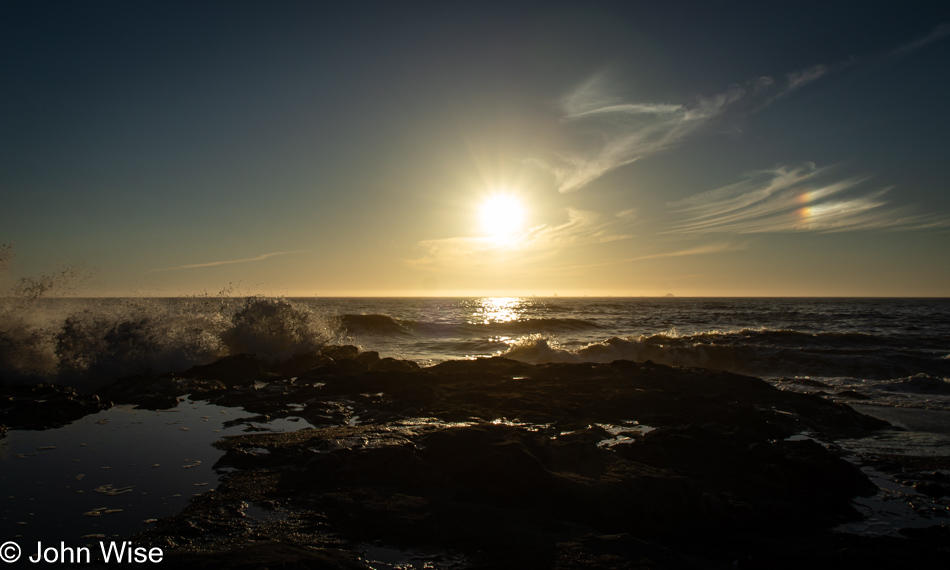
We are also incredibly fortunate. To have started the day with a fogbow and now to be greeted by a sun dog, effectively a sun rainbow.
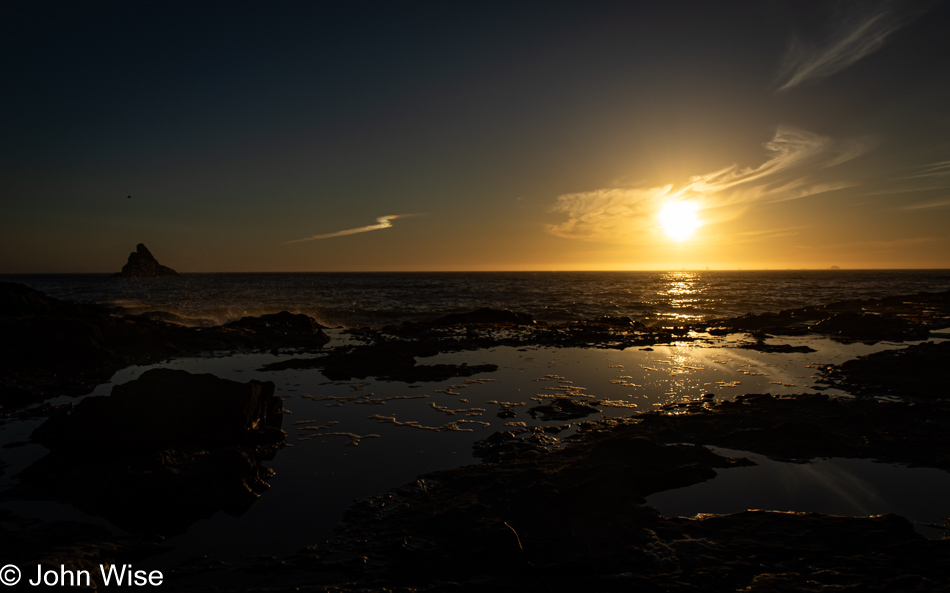
A funny thing happened on the way to the sunset on the other side of a giant rock separating the two halves of the beach here: my camera battery malfunctioned. I took a spectacular photo of this very location with my phone, but the colors are hysterically out of sync with the tones I achieve with my DSLR. I liked the image enough to share it on Facebook – click here to see it. Having never heard of this beach, our expectations were low, but after visiting, we’ll make a note to return again one day.

This final photo south of Port Orford, just before the sunset, will have to stand in for our fireworks shot because, at 10:00 from the balcony at Motel 6 in Gold Beach, our photos turned out horribly. We didn’t try very hard, and I only used my phone as I was too lazy to set up for shooting under poor lighting conditions. It was after all already a 17-hour day of impressions, and it was so nice to simply watch the beautiful show and listen to the crazy echoes bouncing off the adjacent mountain across the Rogue River. Wow, we’ve stumbled into another perfect 4th of July. Happy birthday, America! We hope you can survive this existential crisis you are suffering through.














